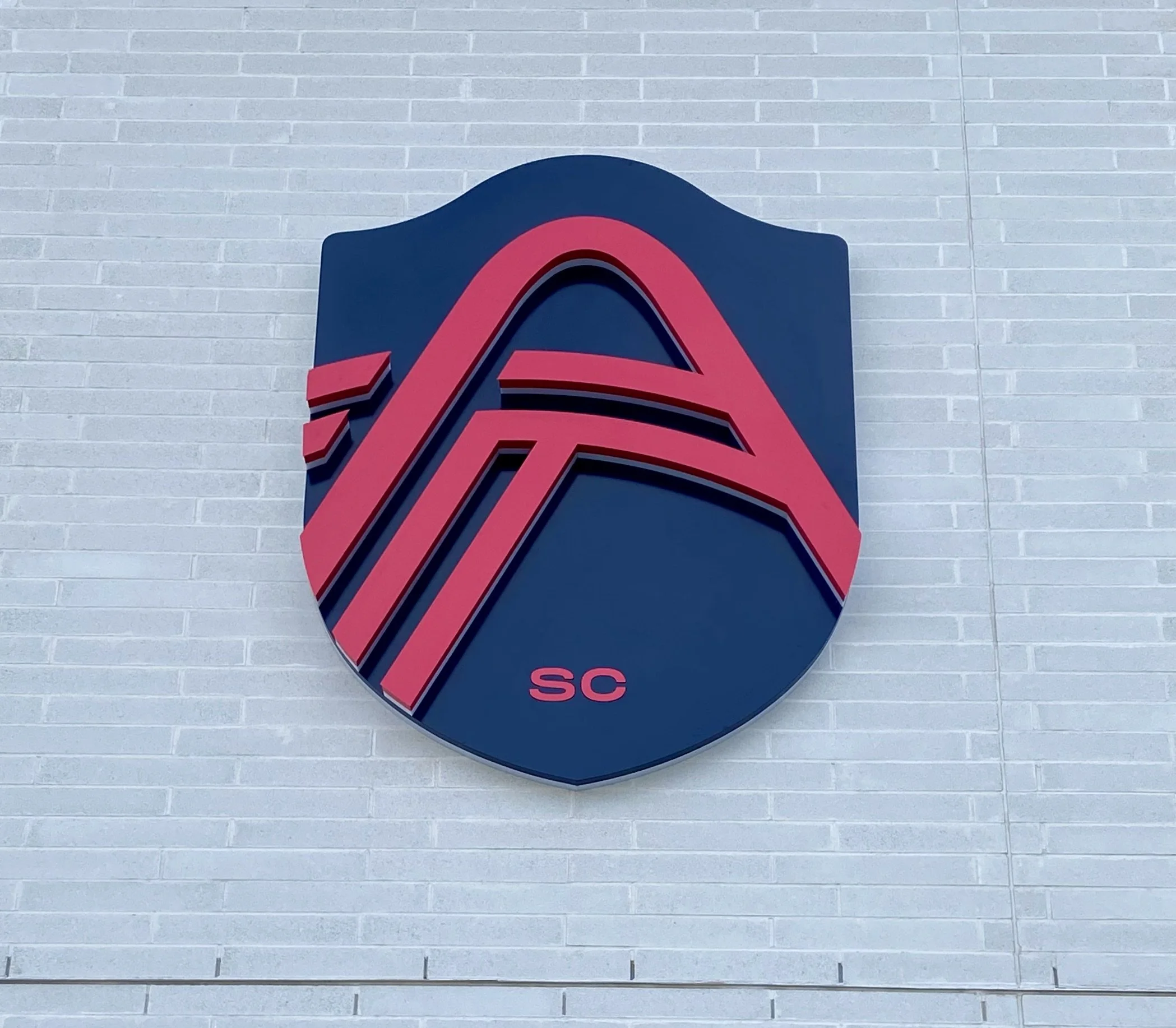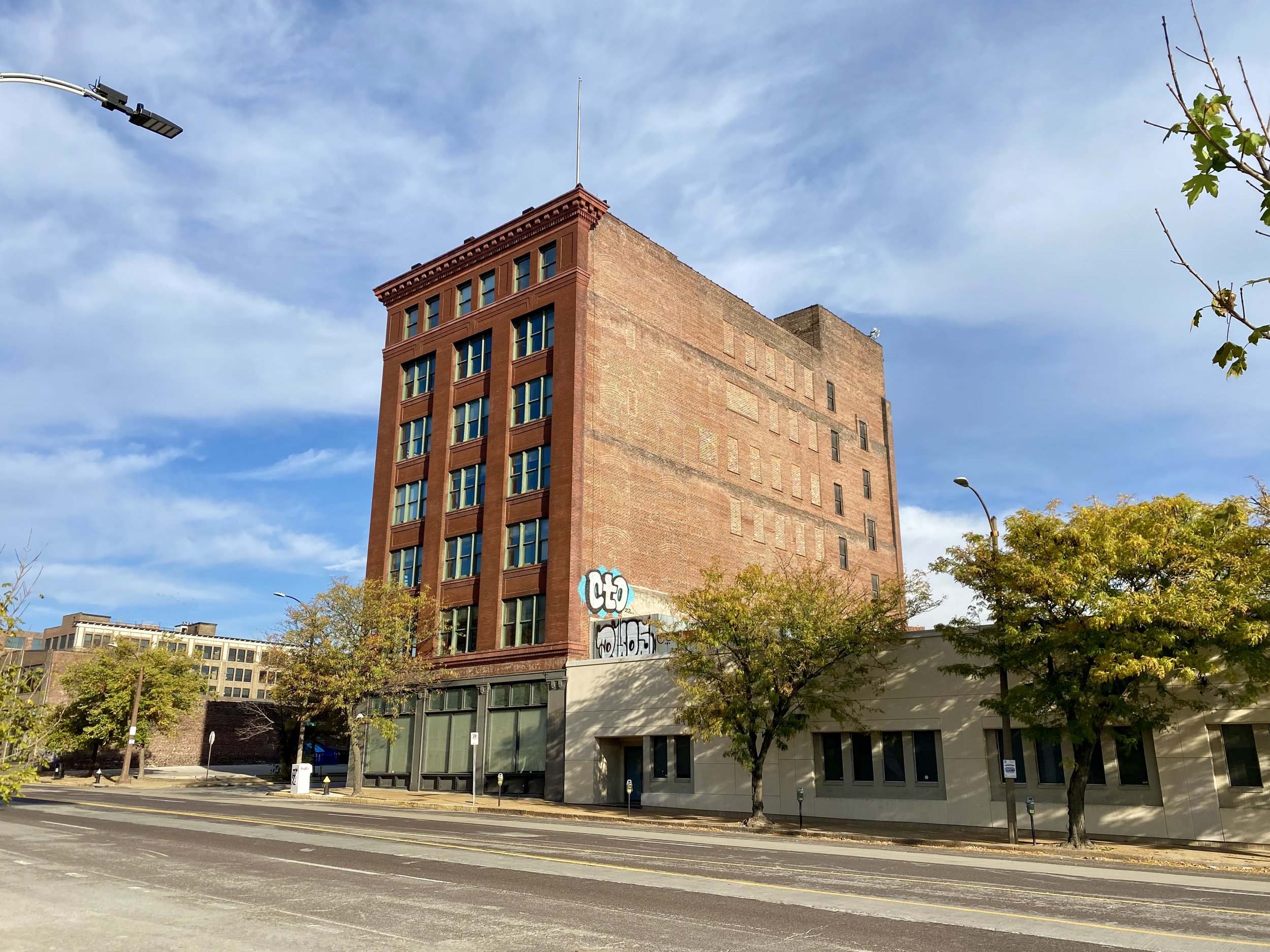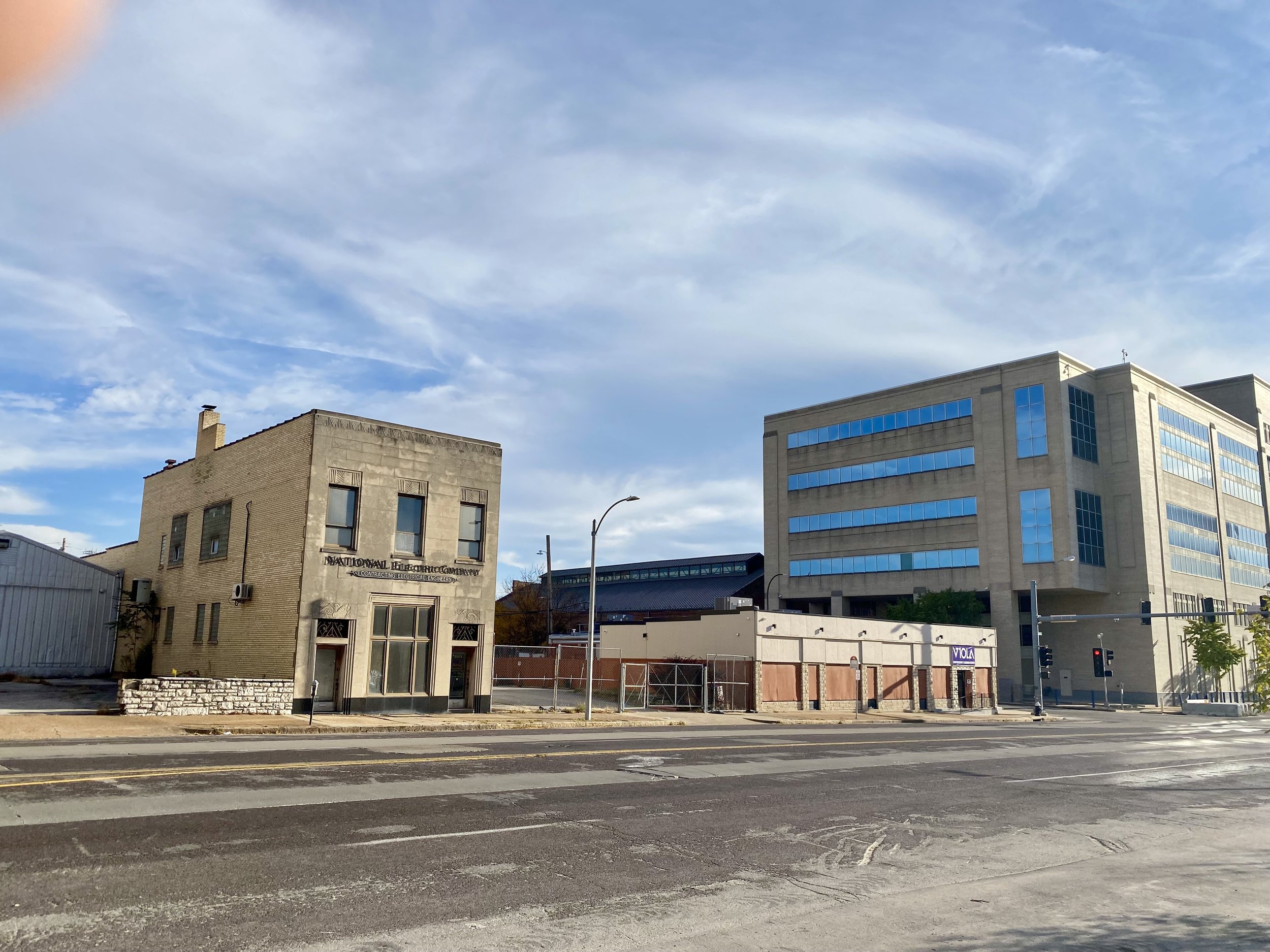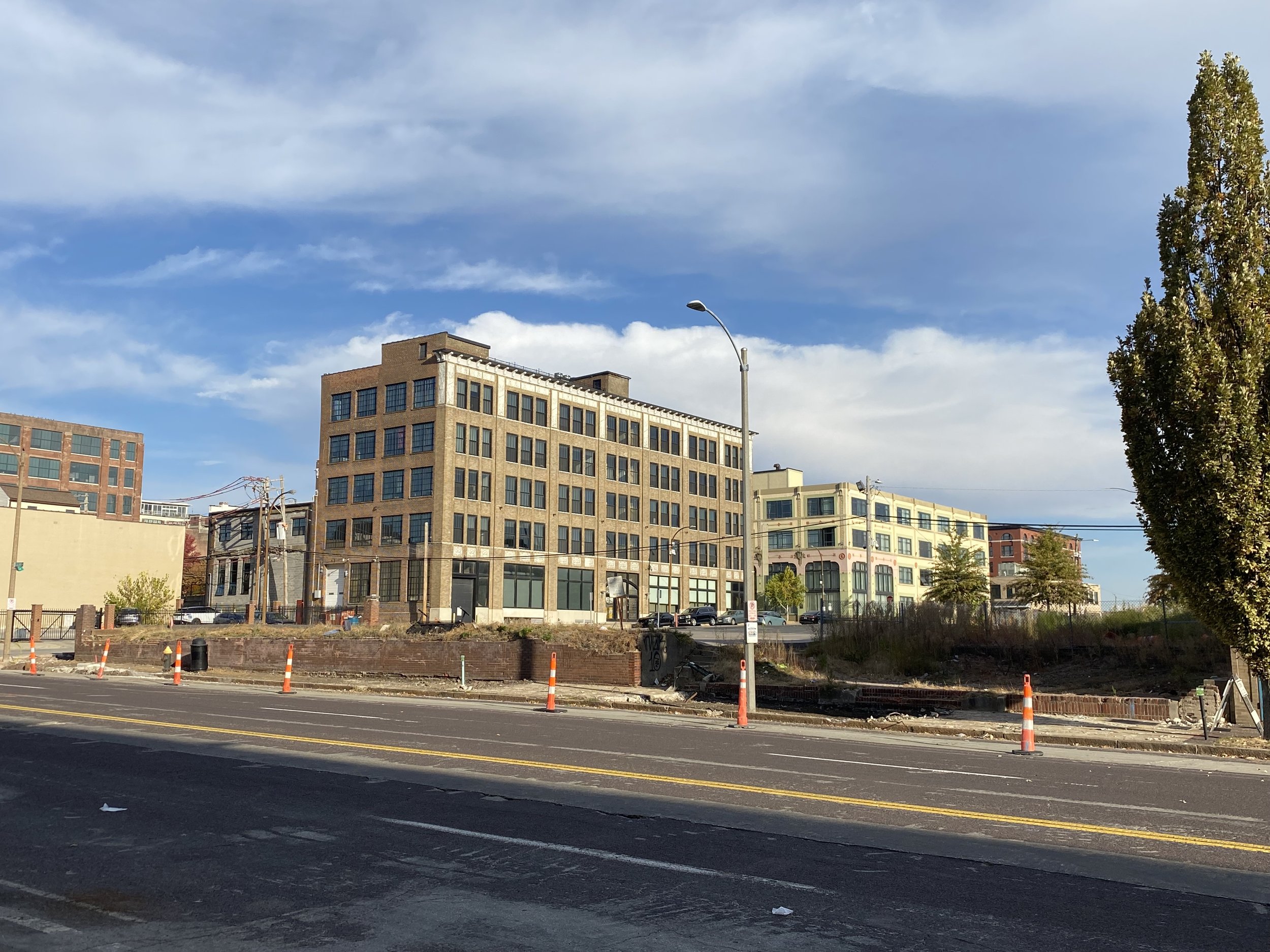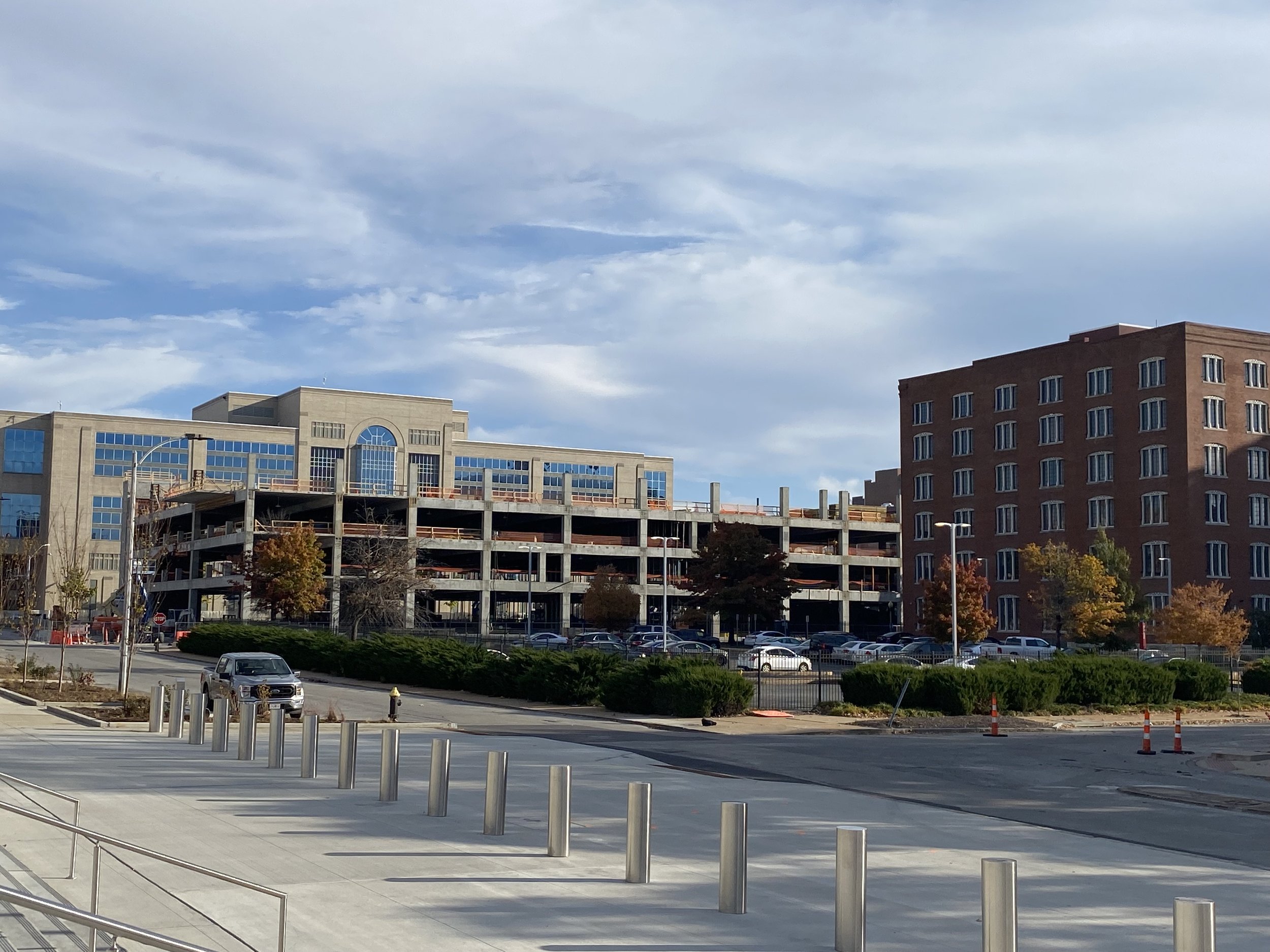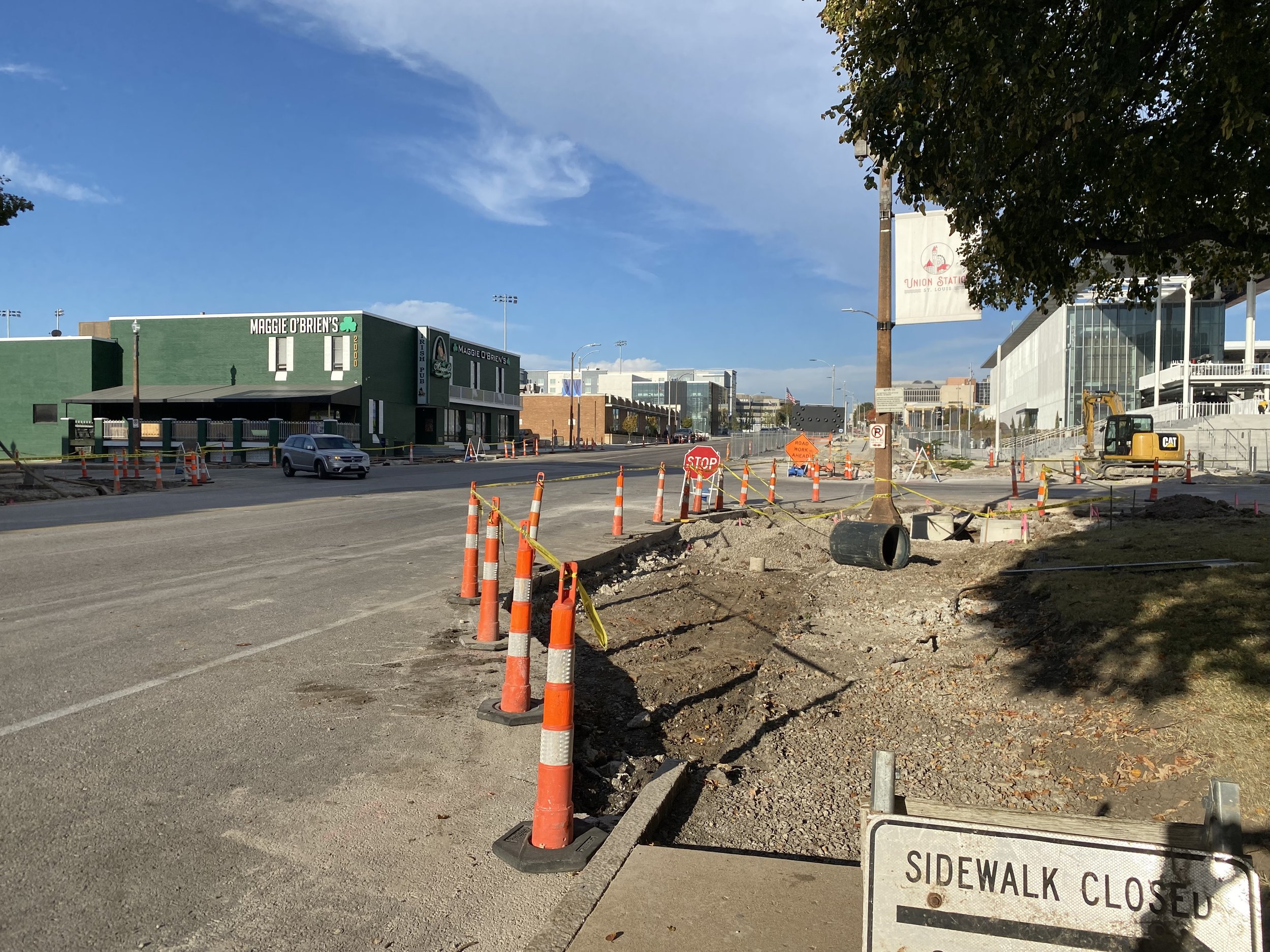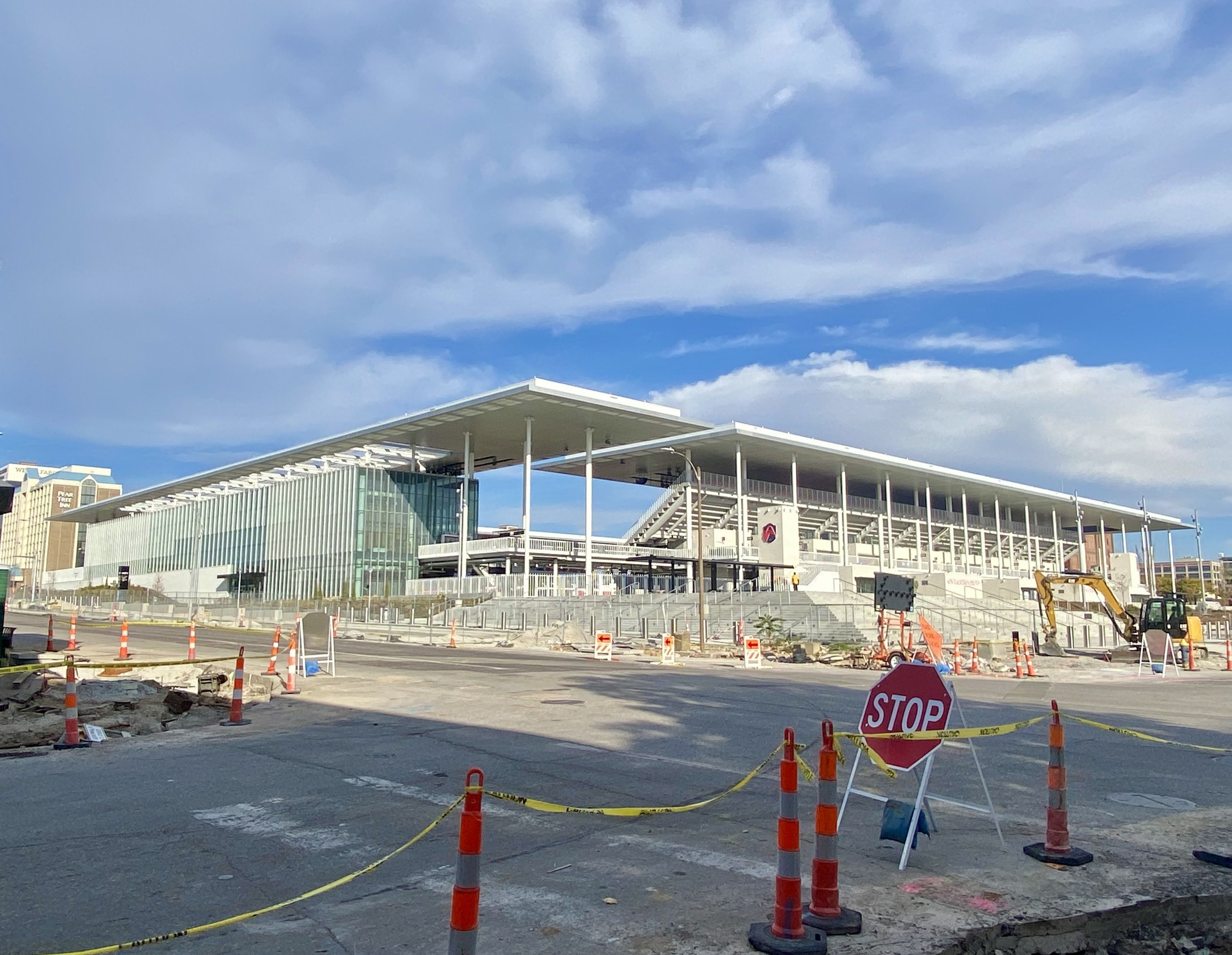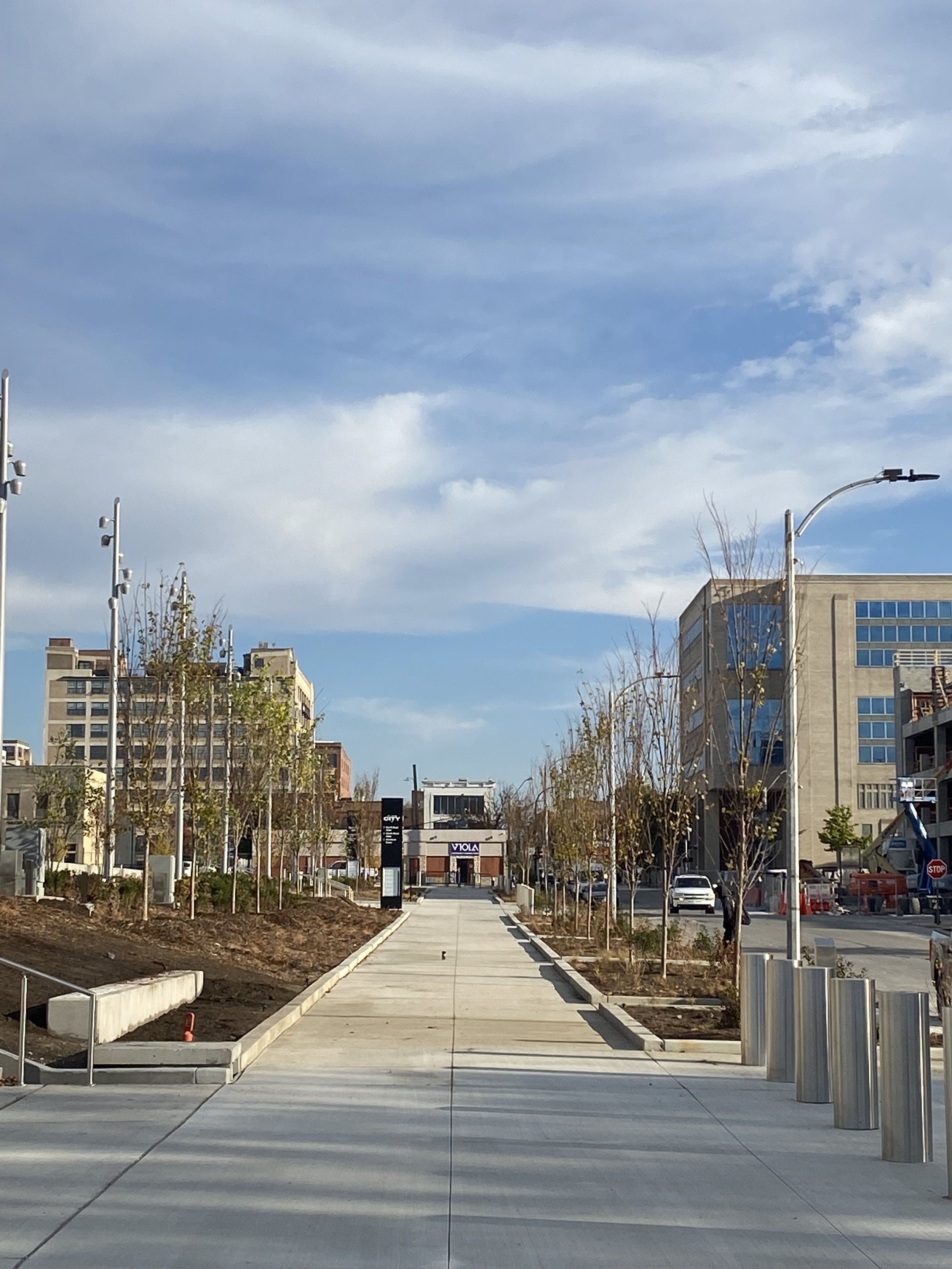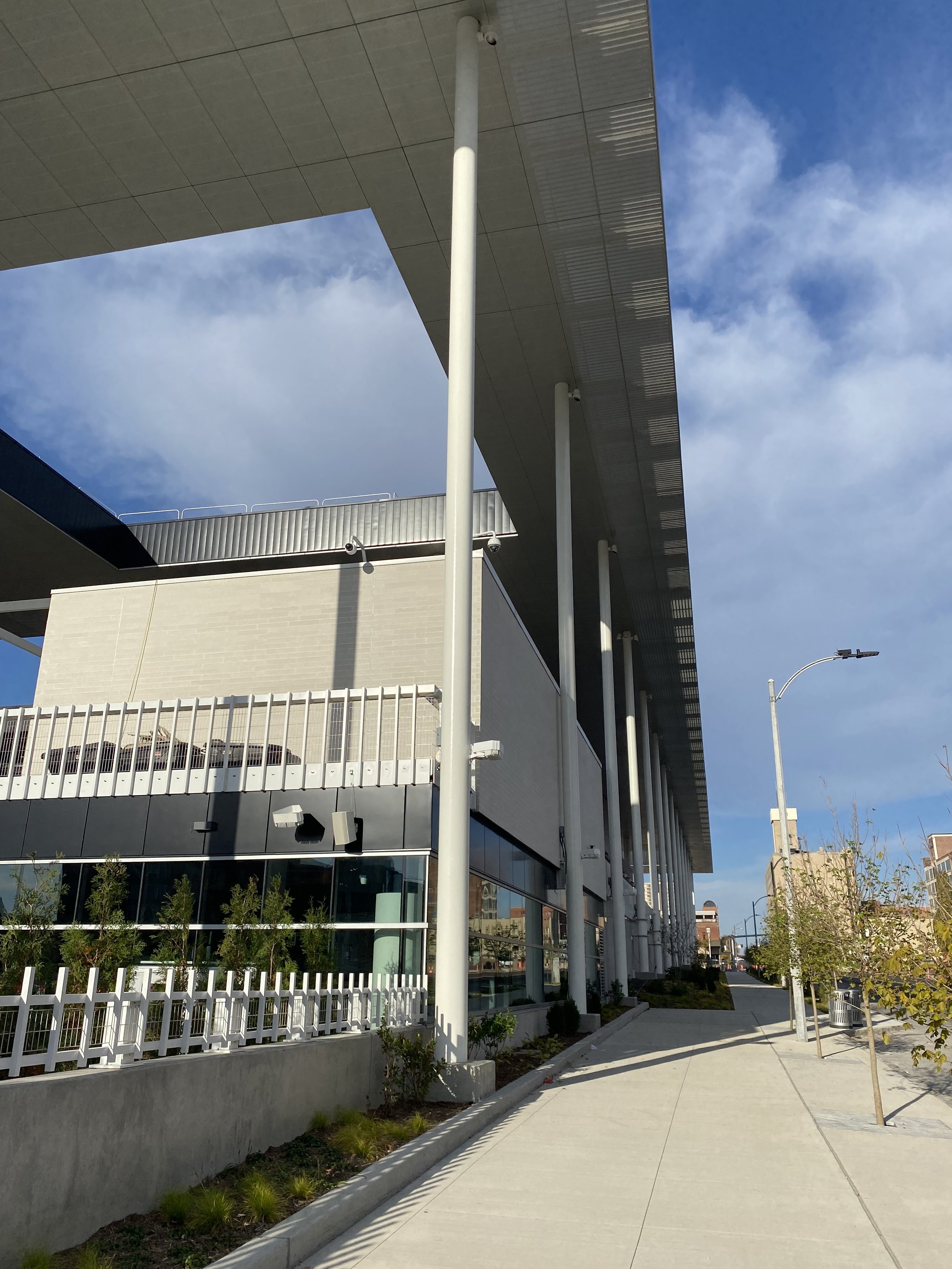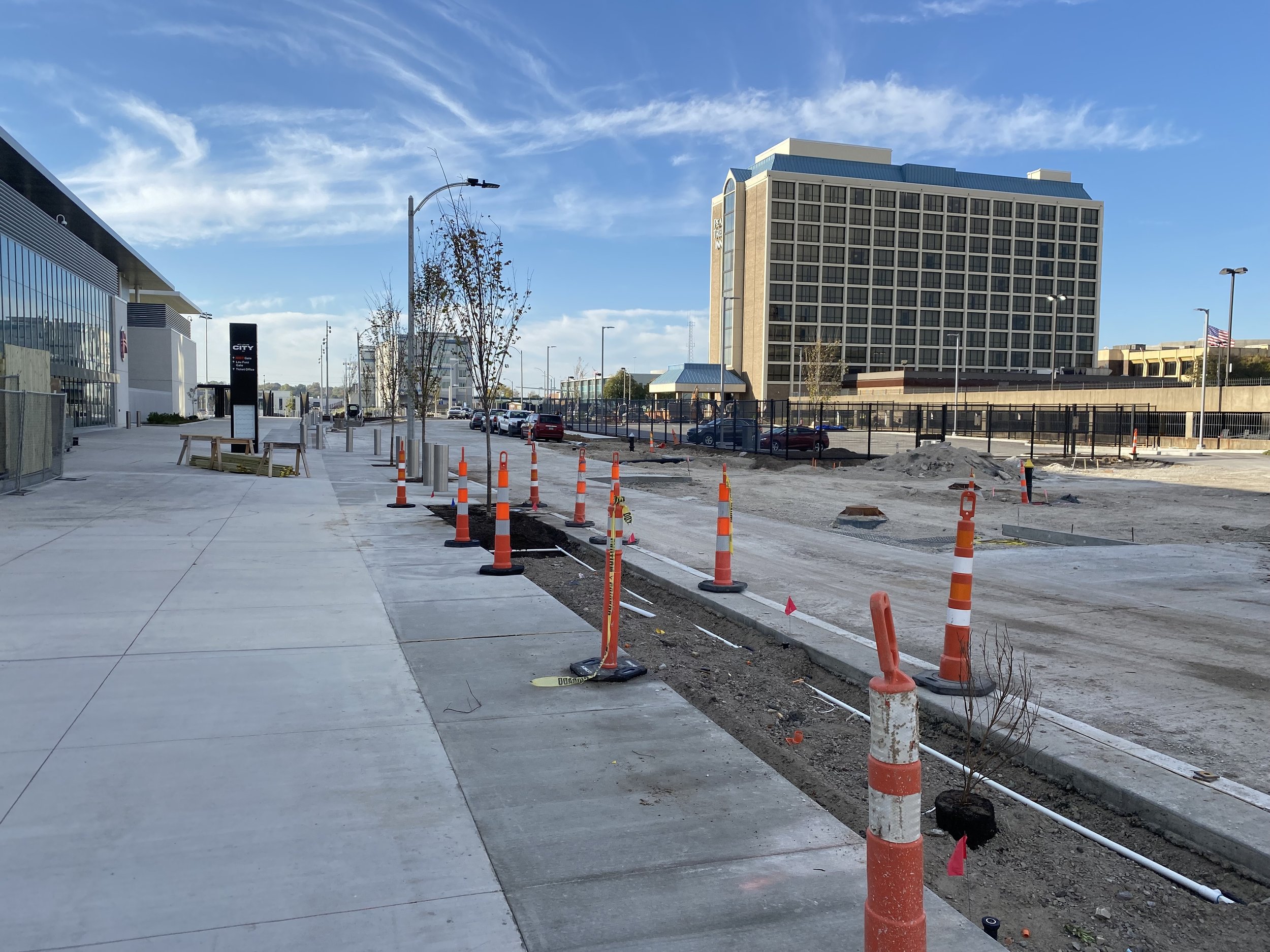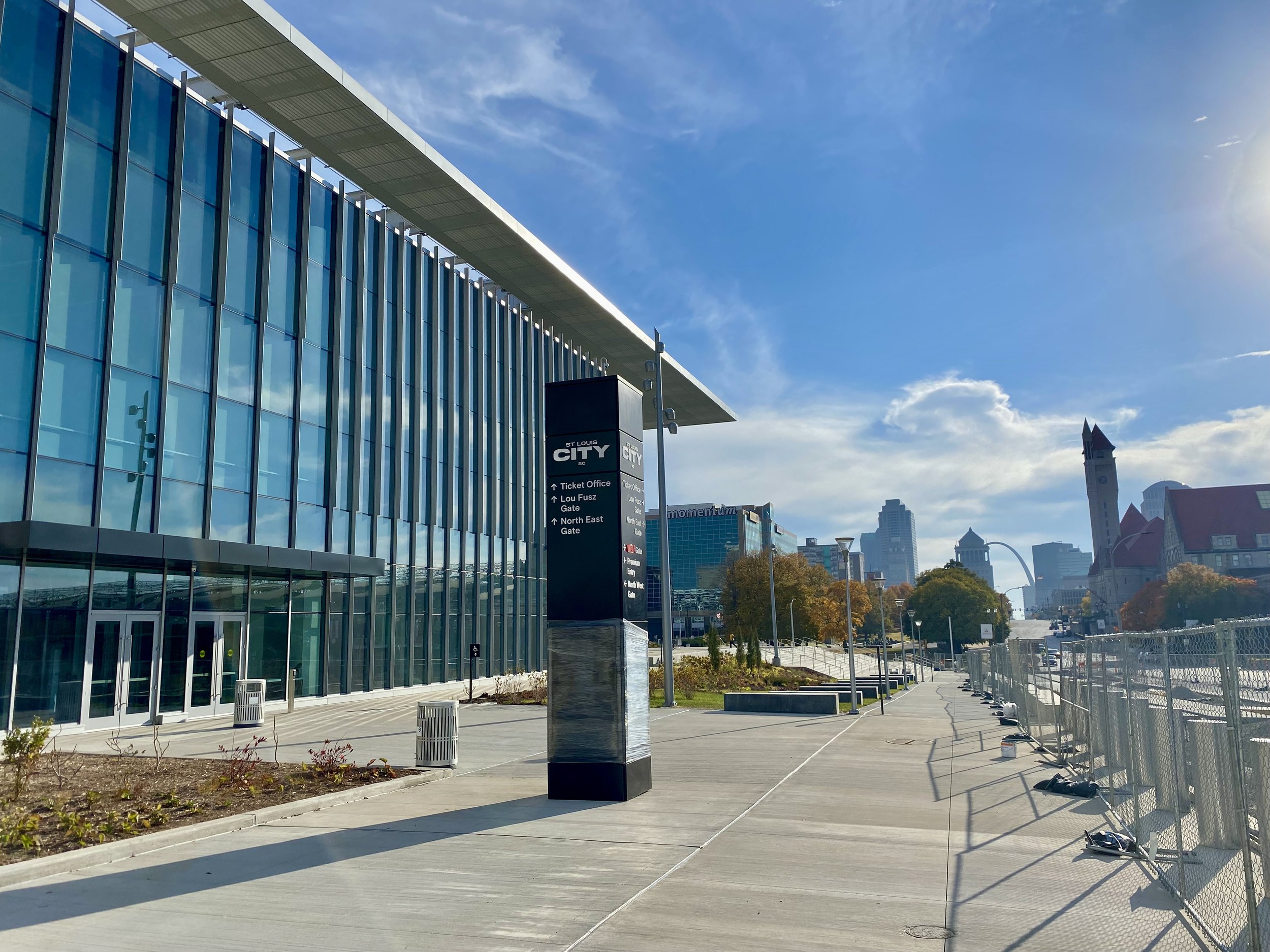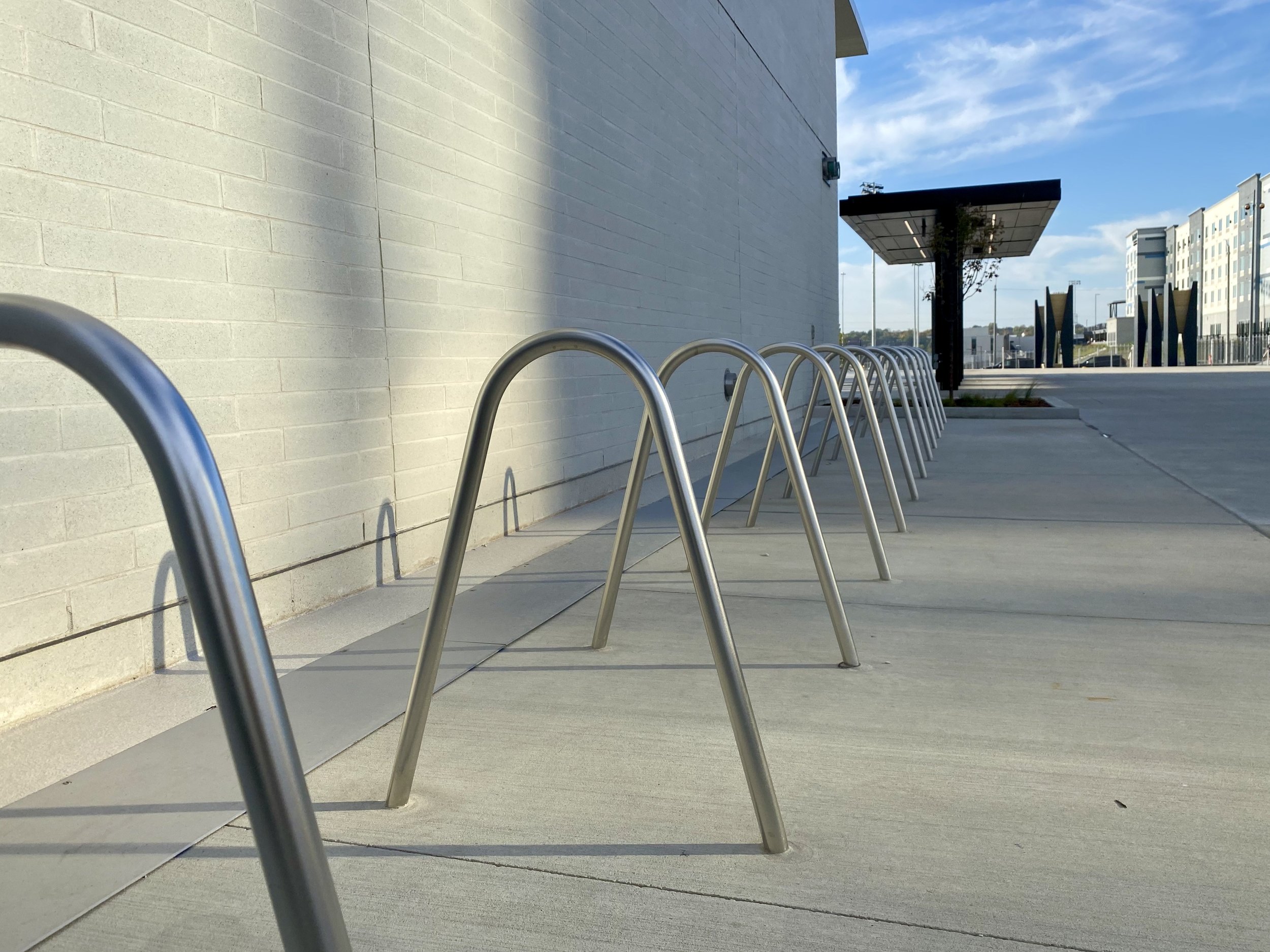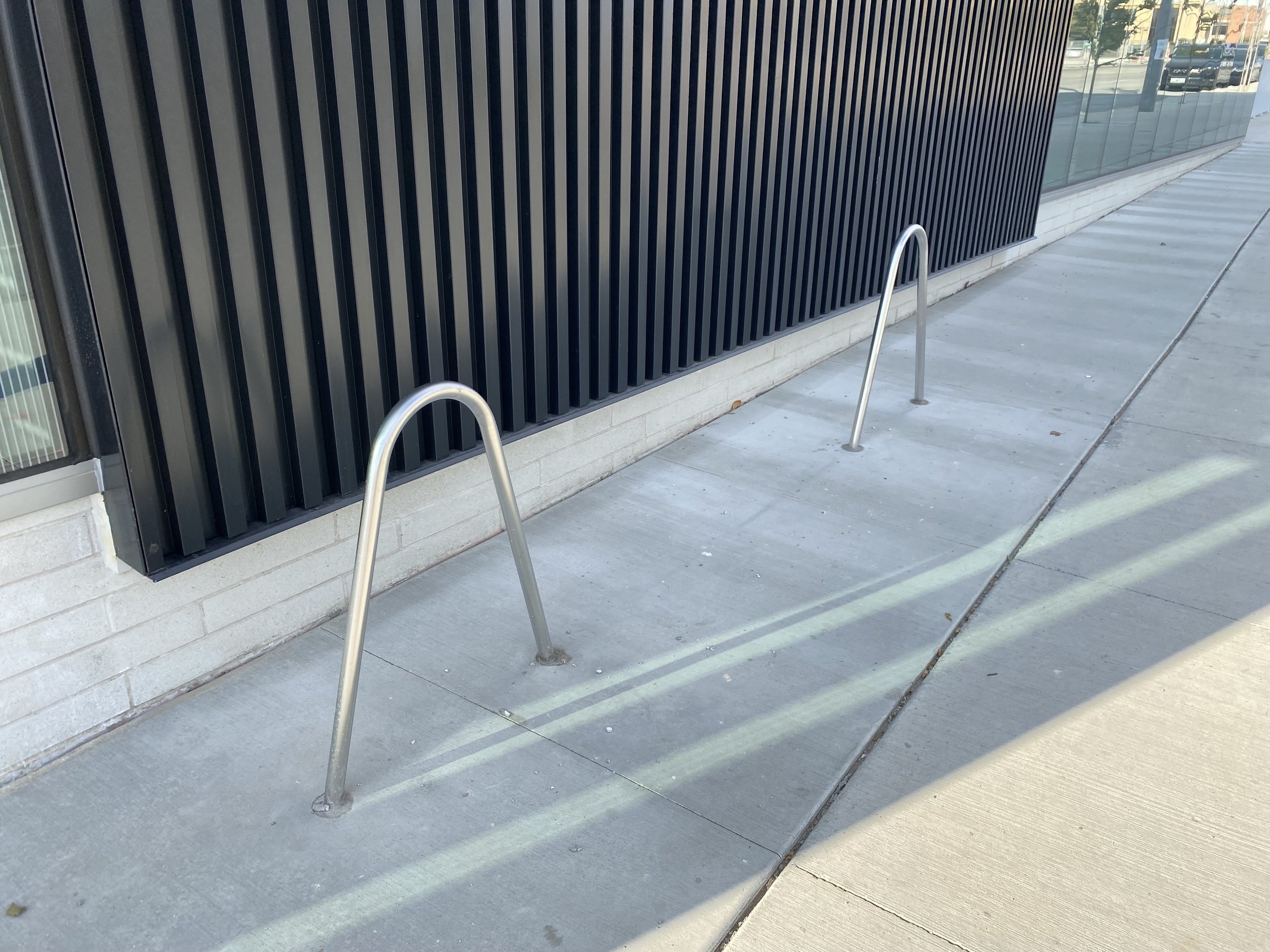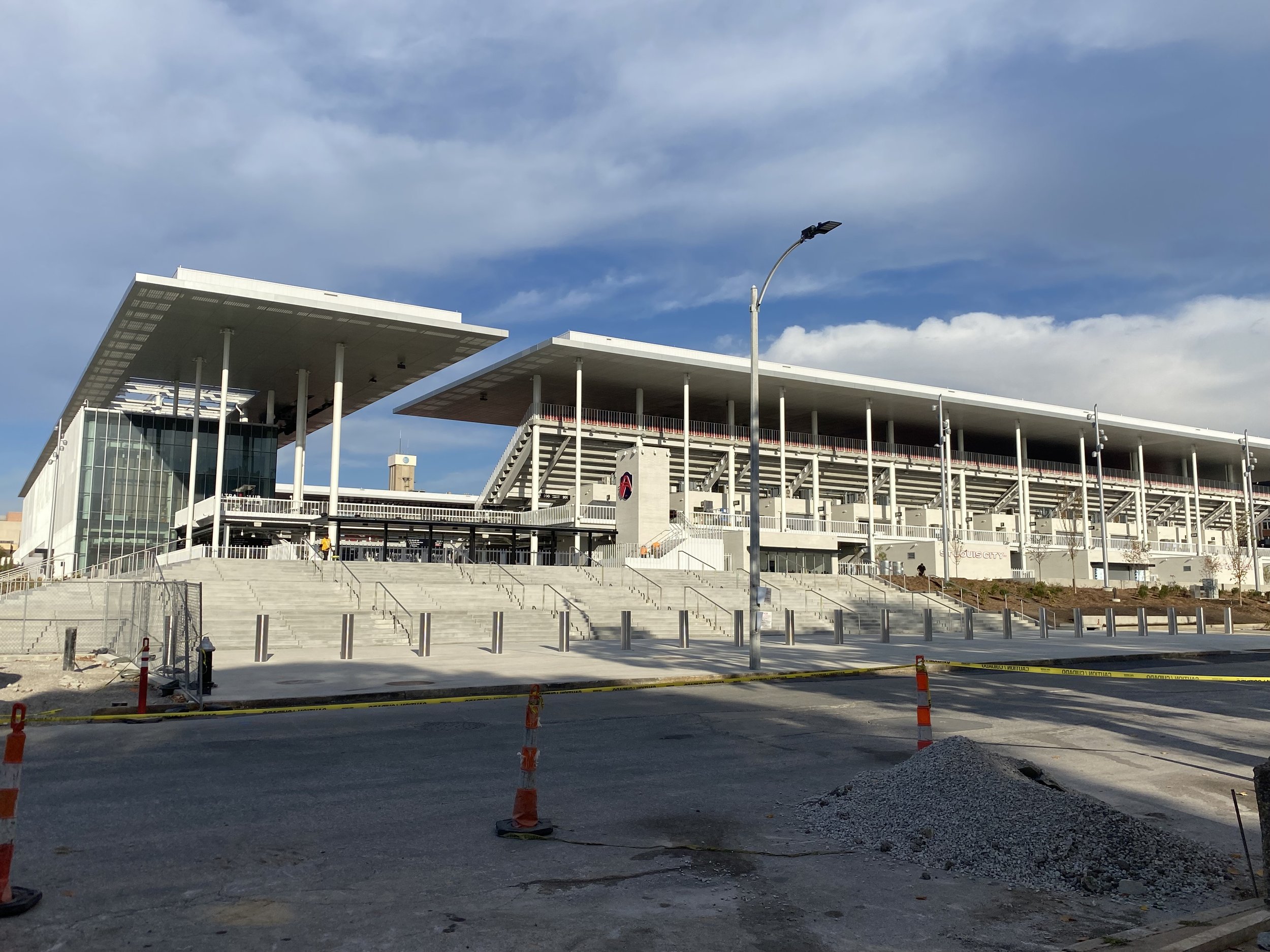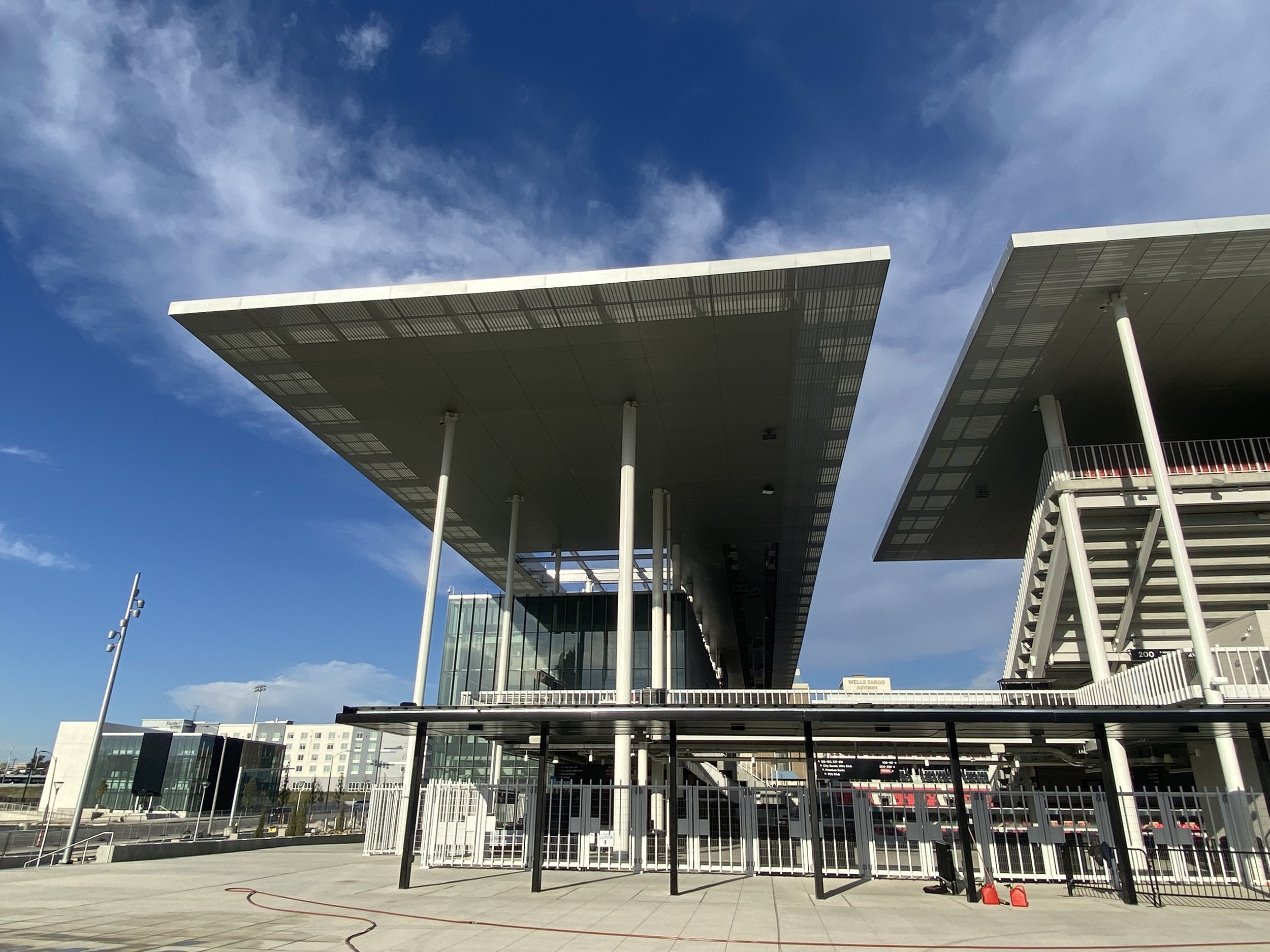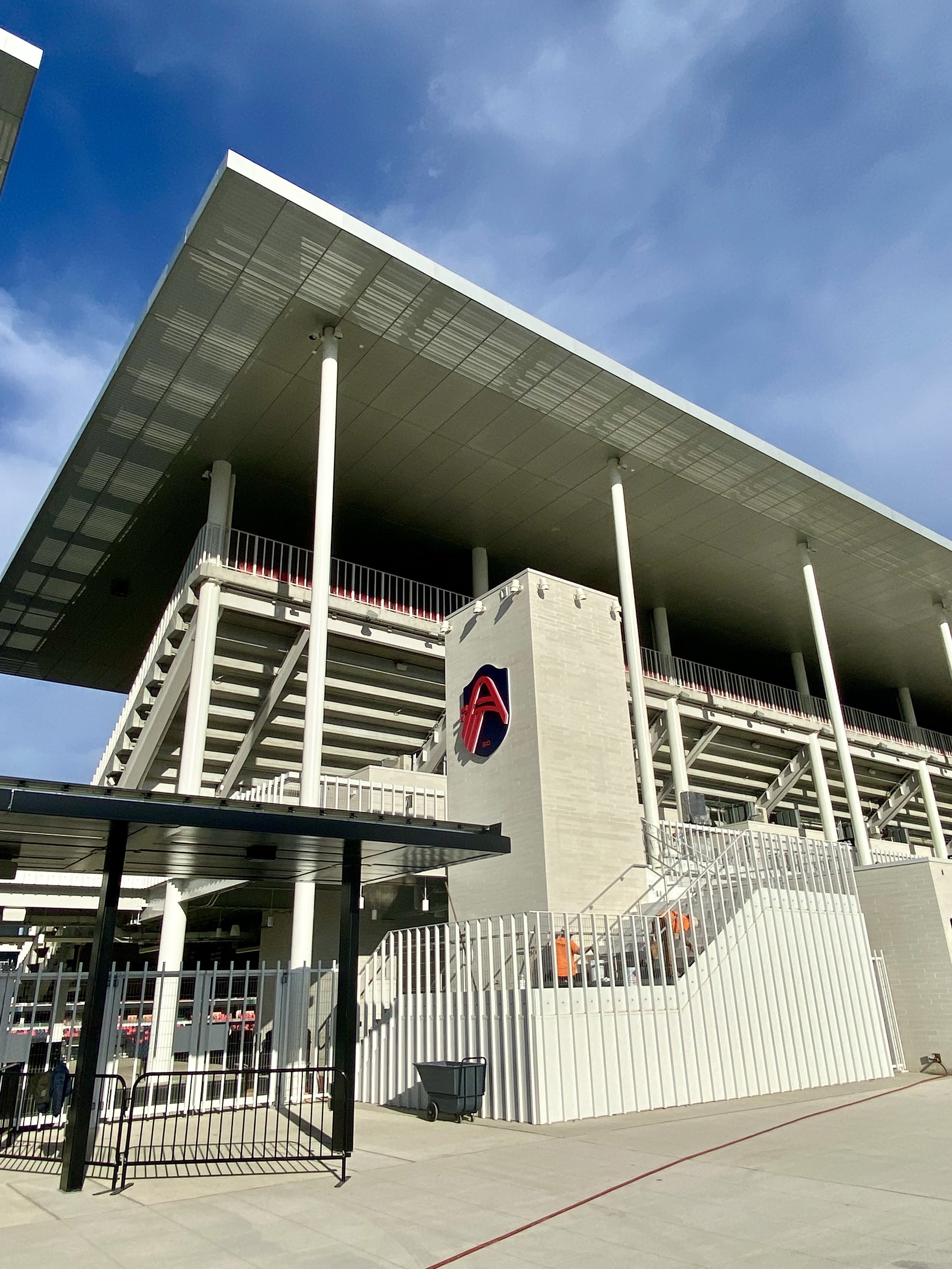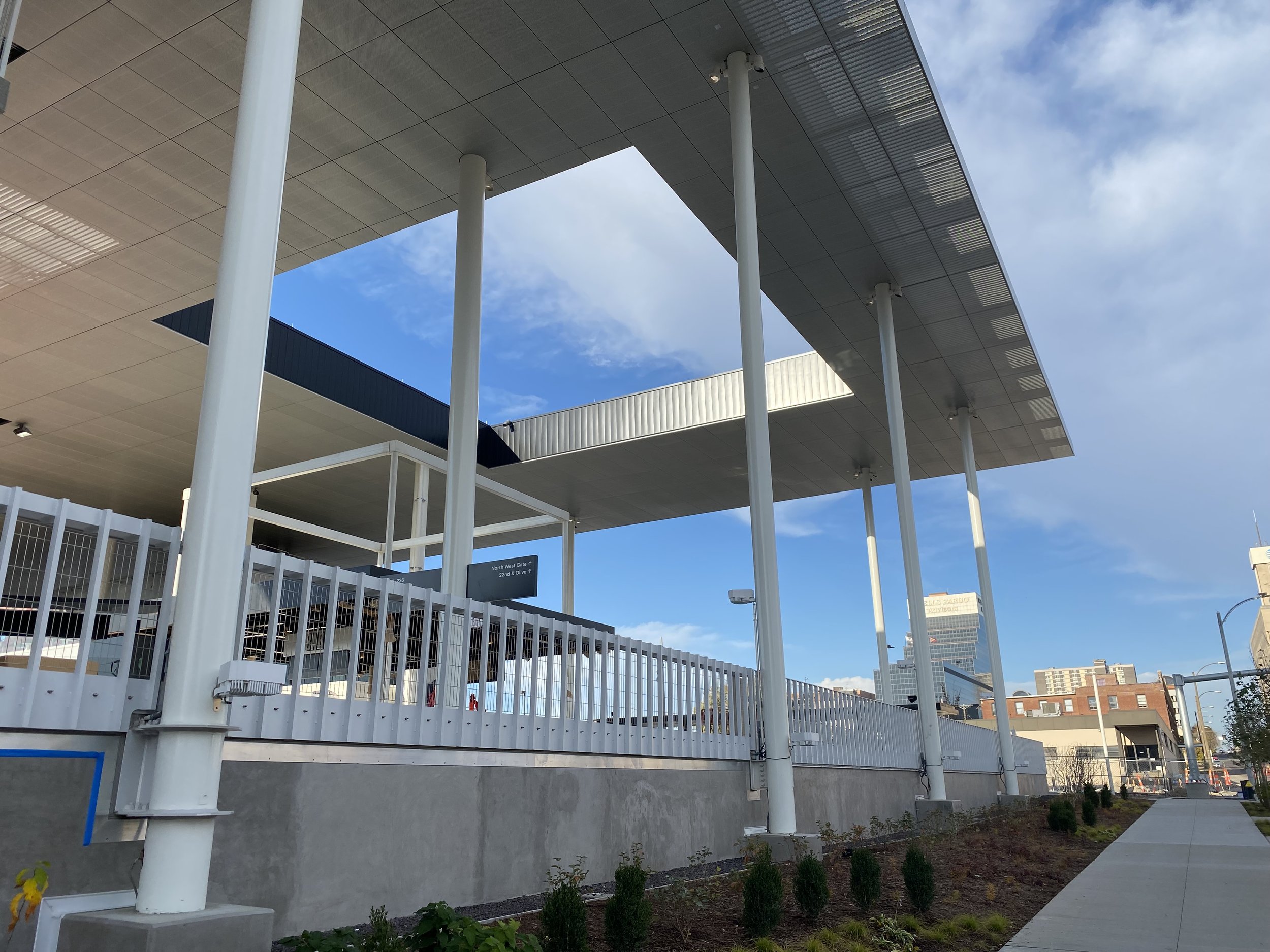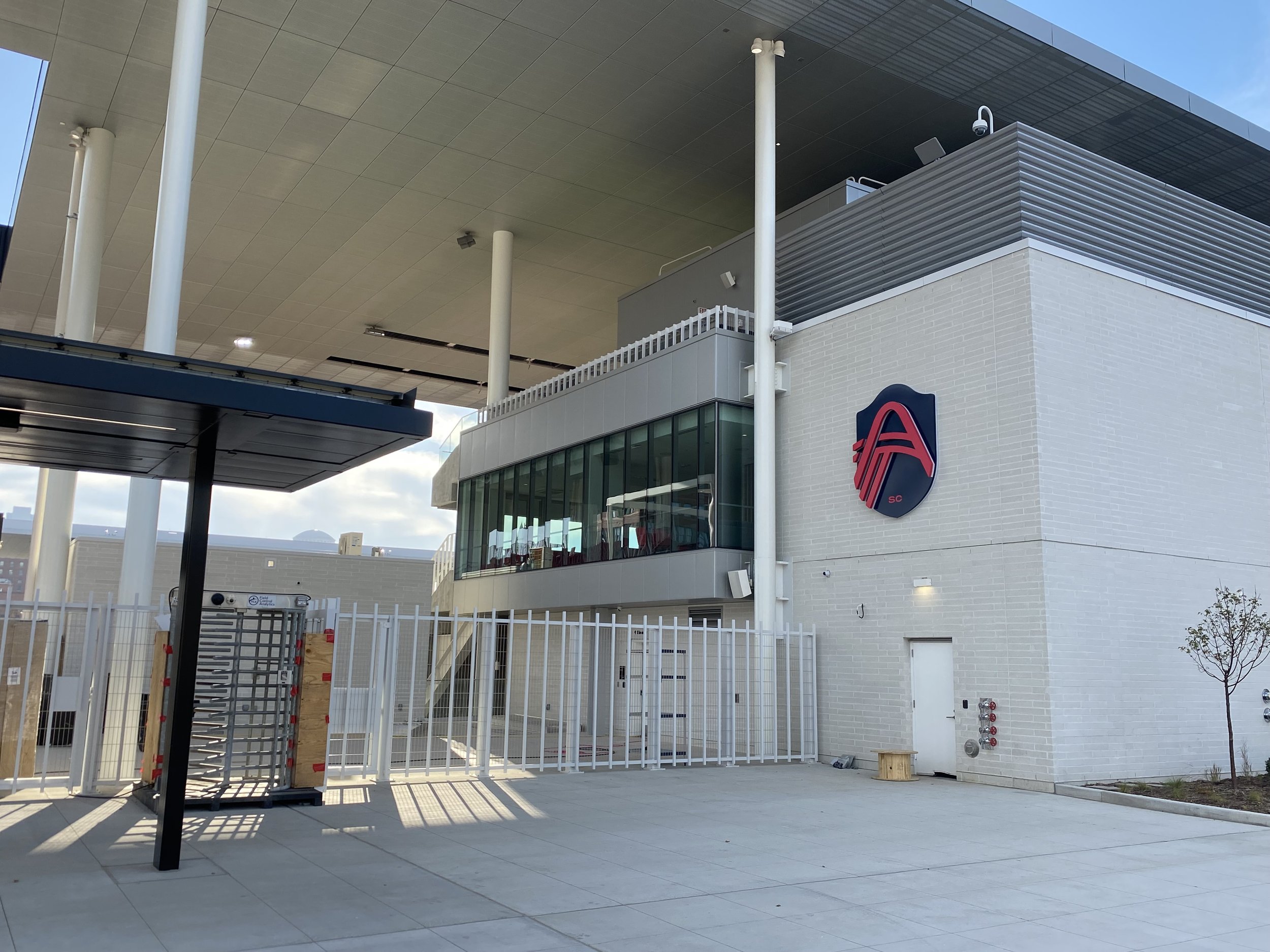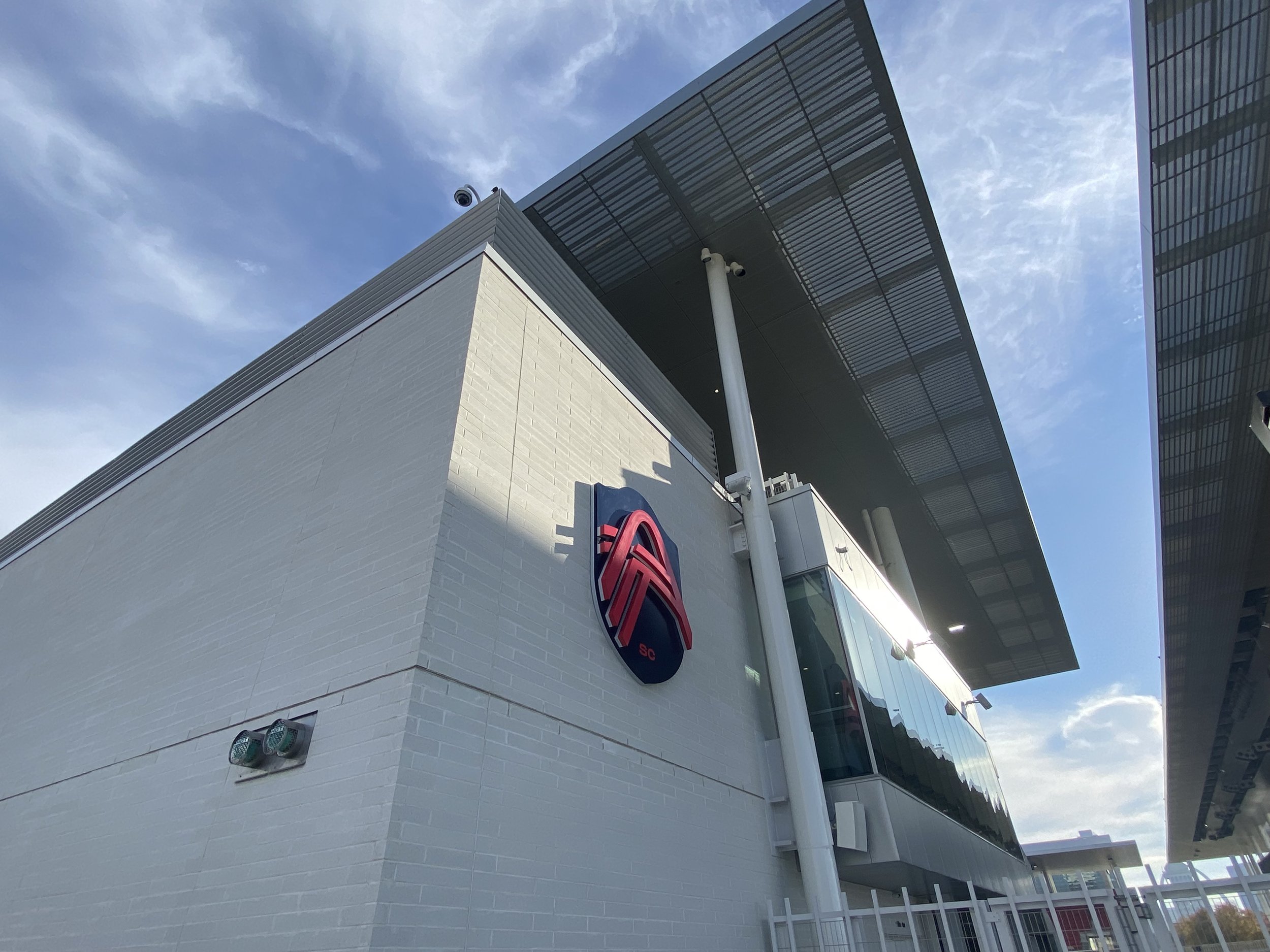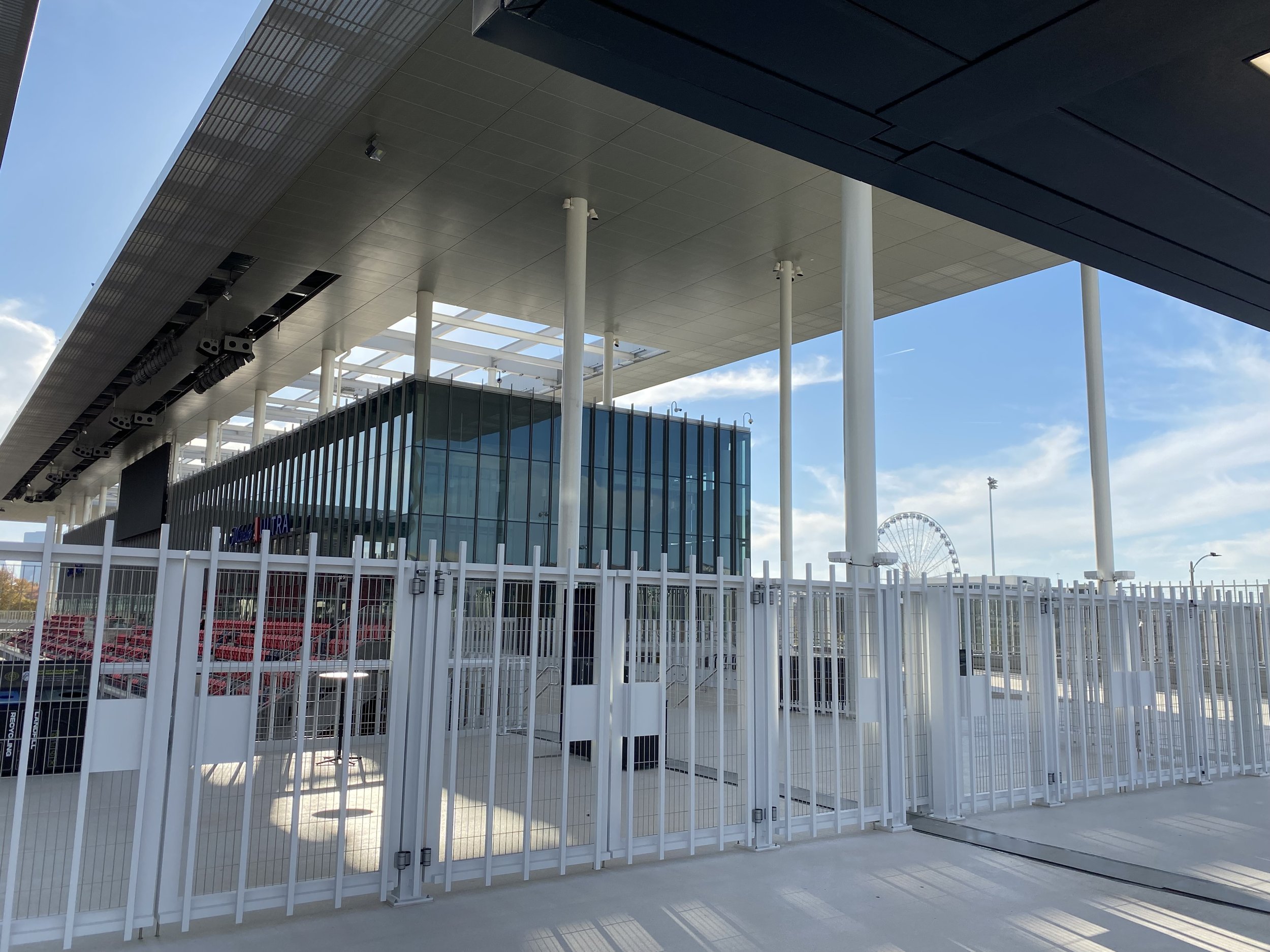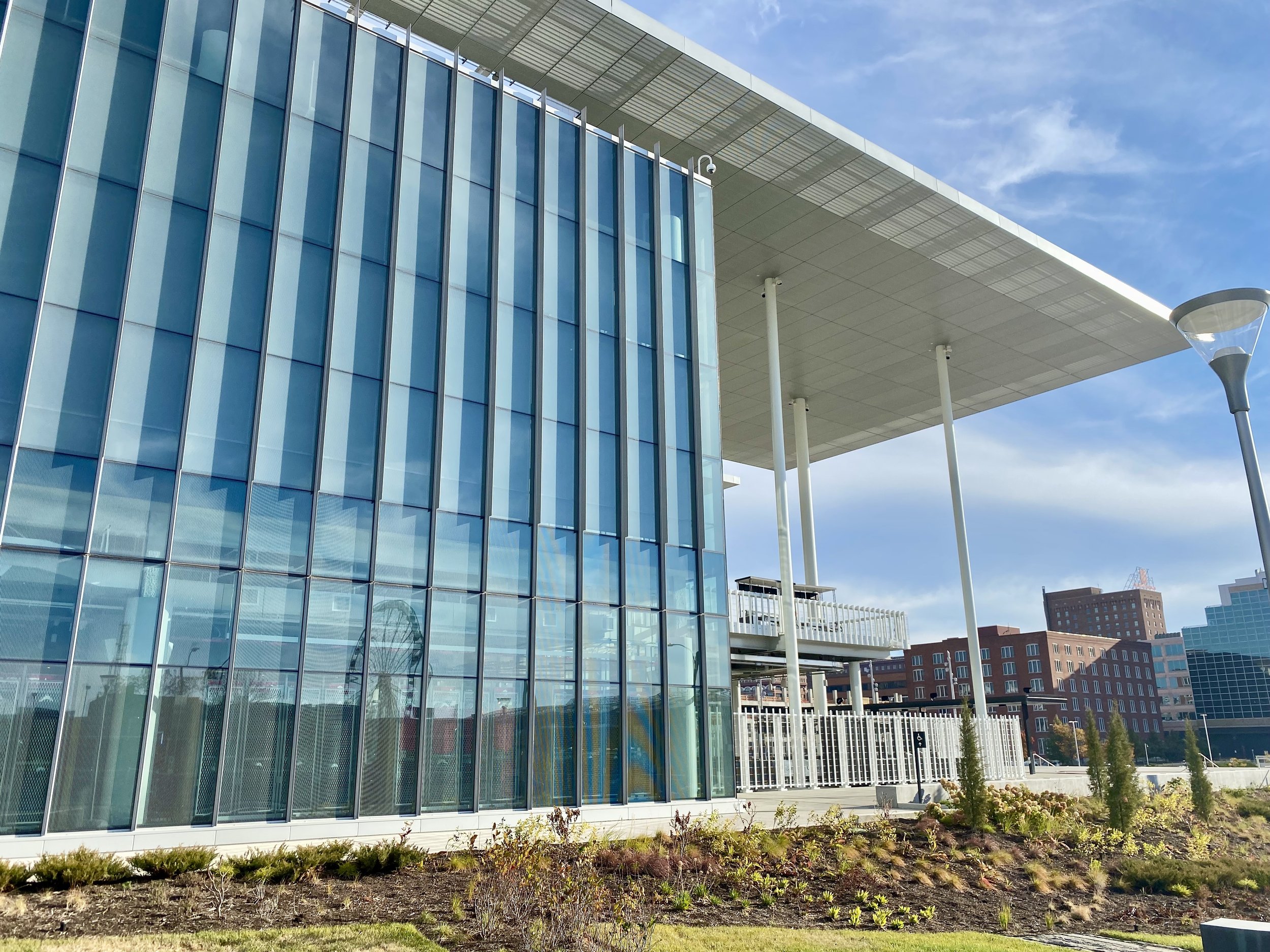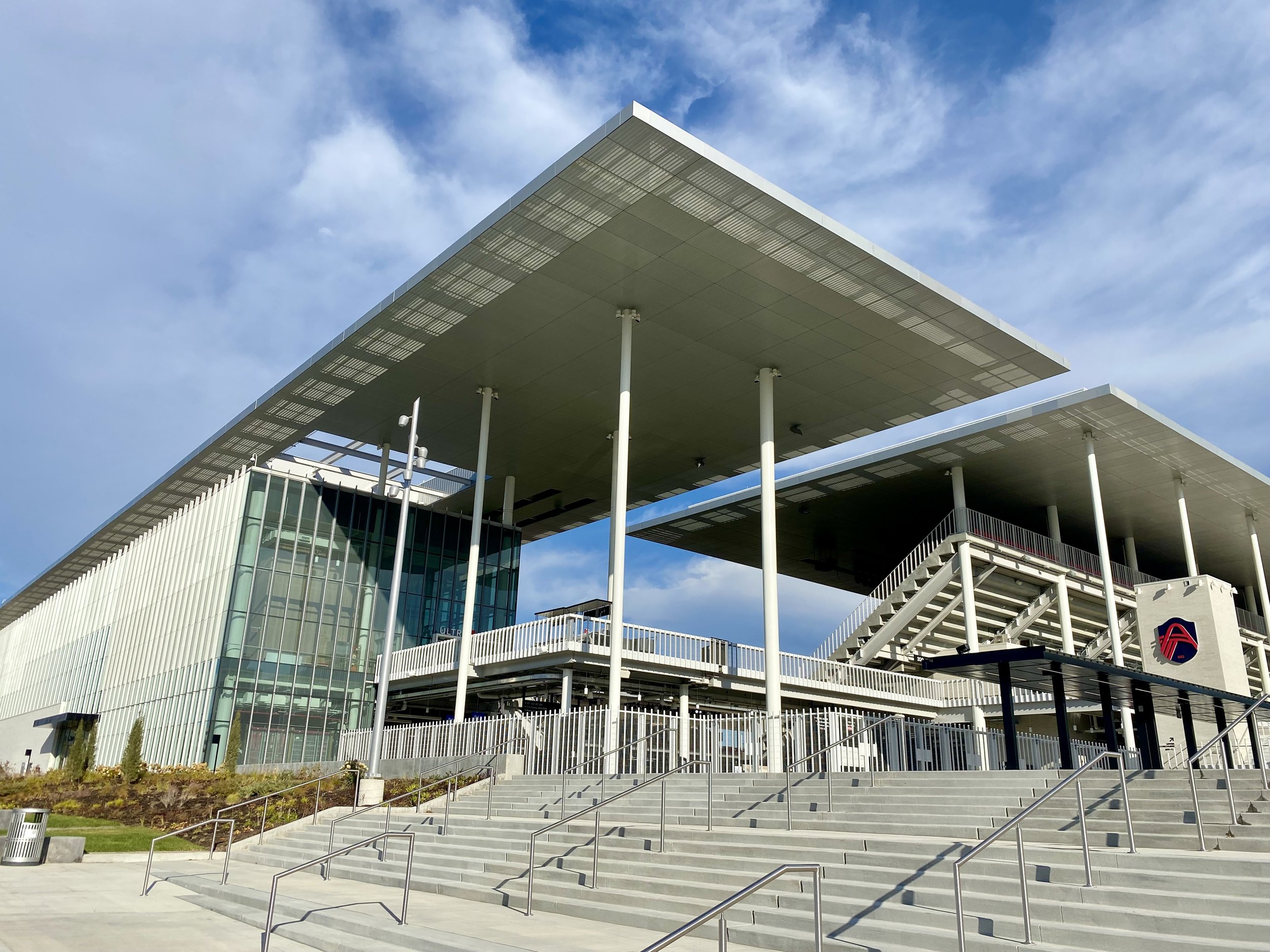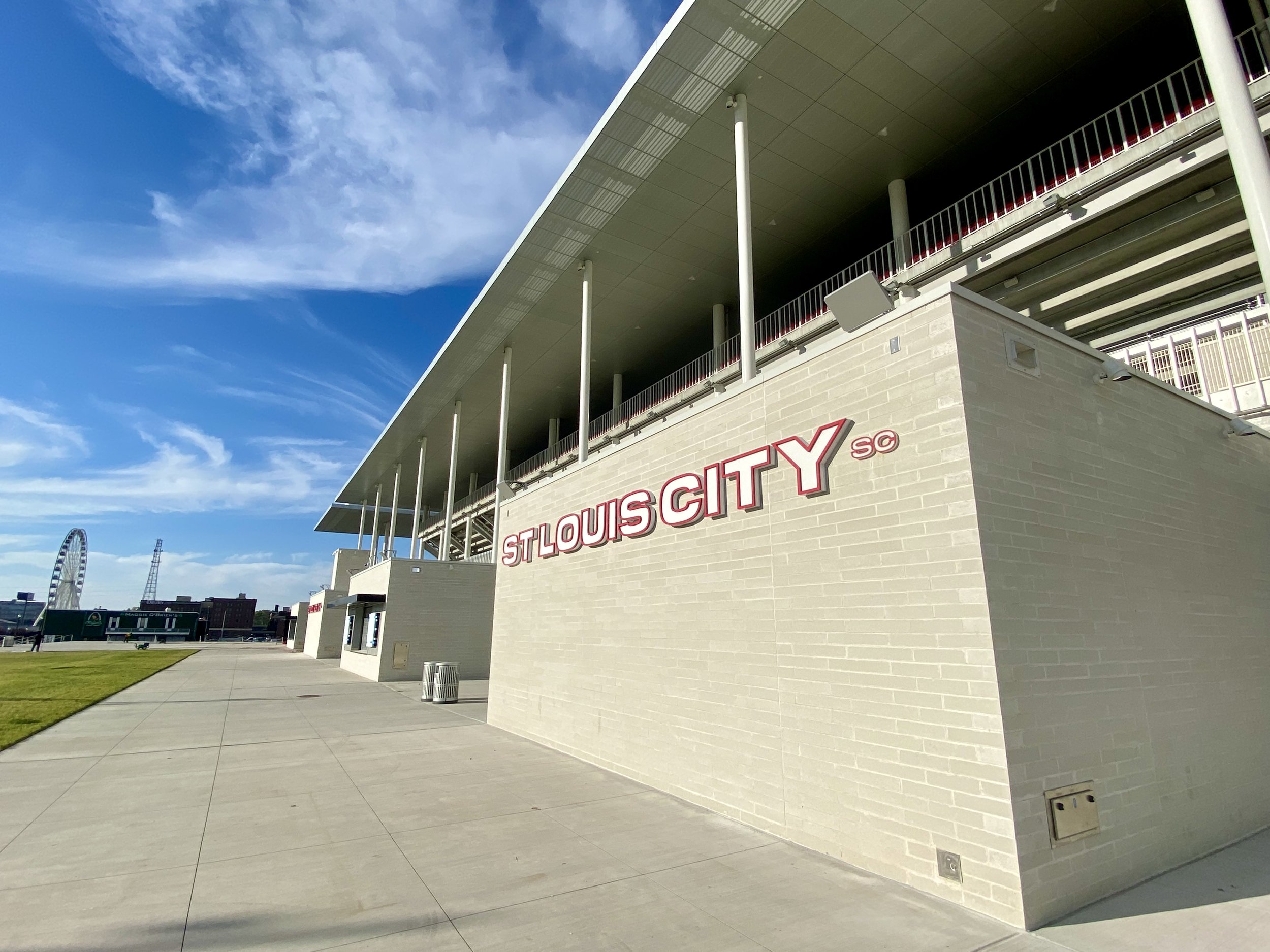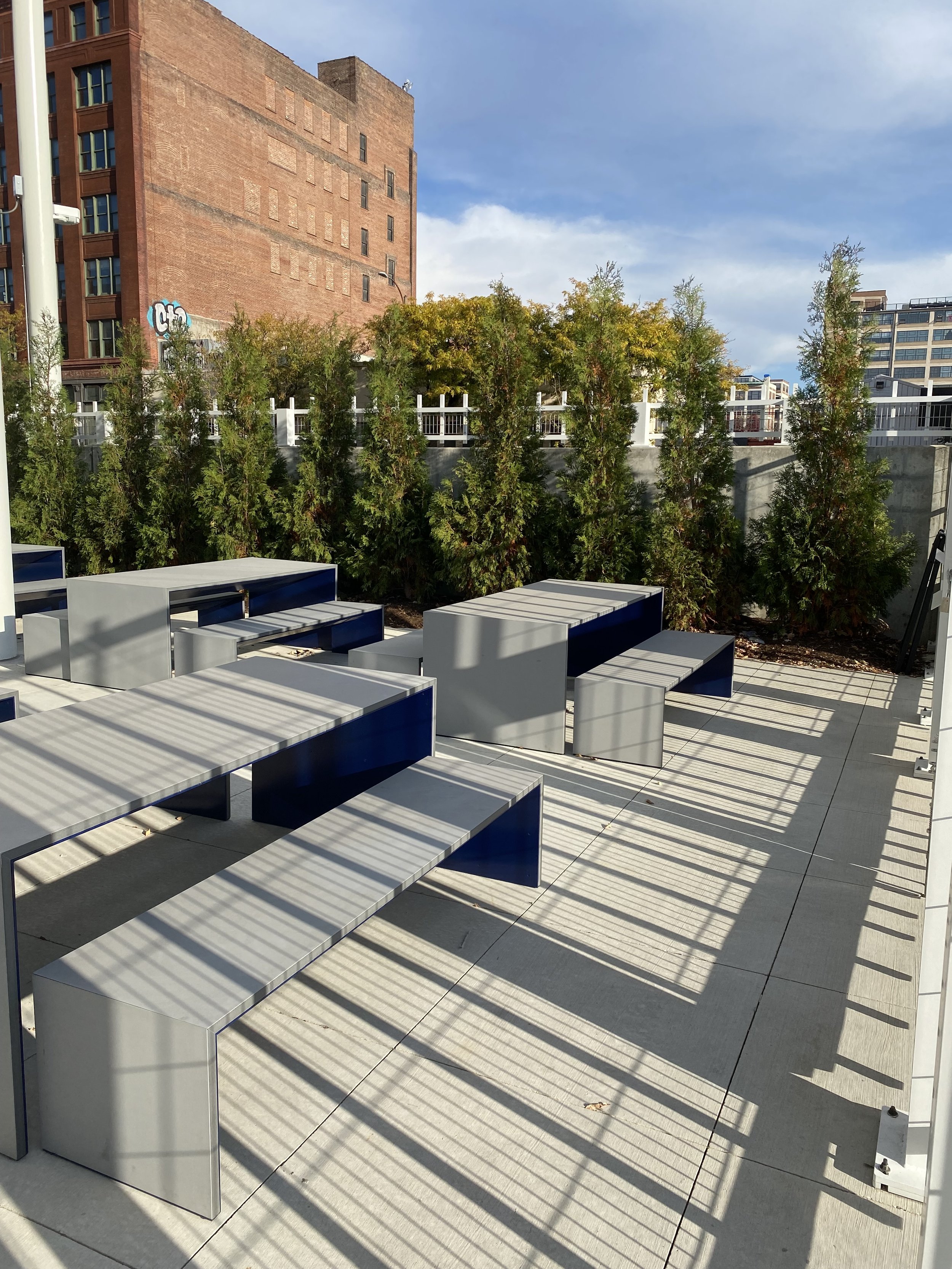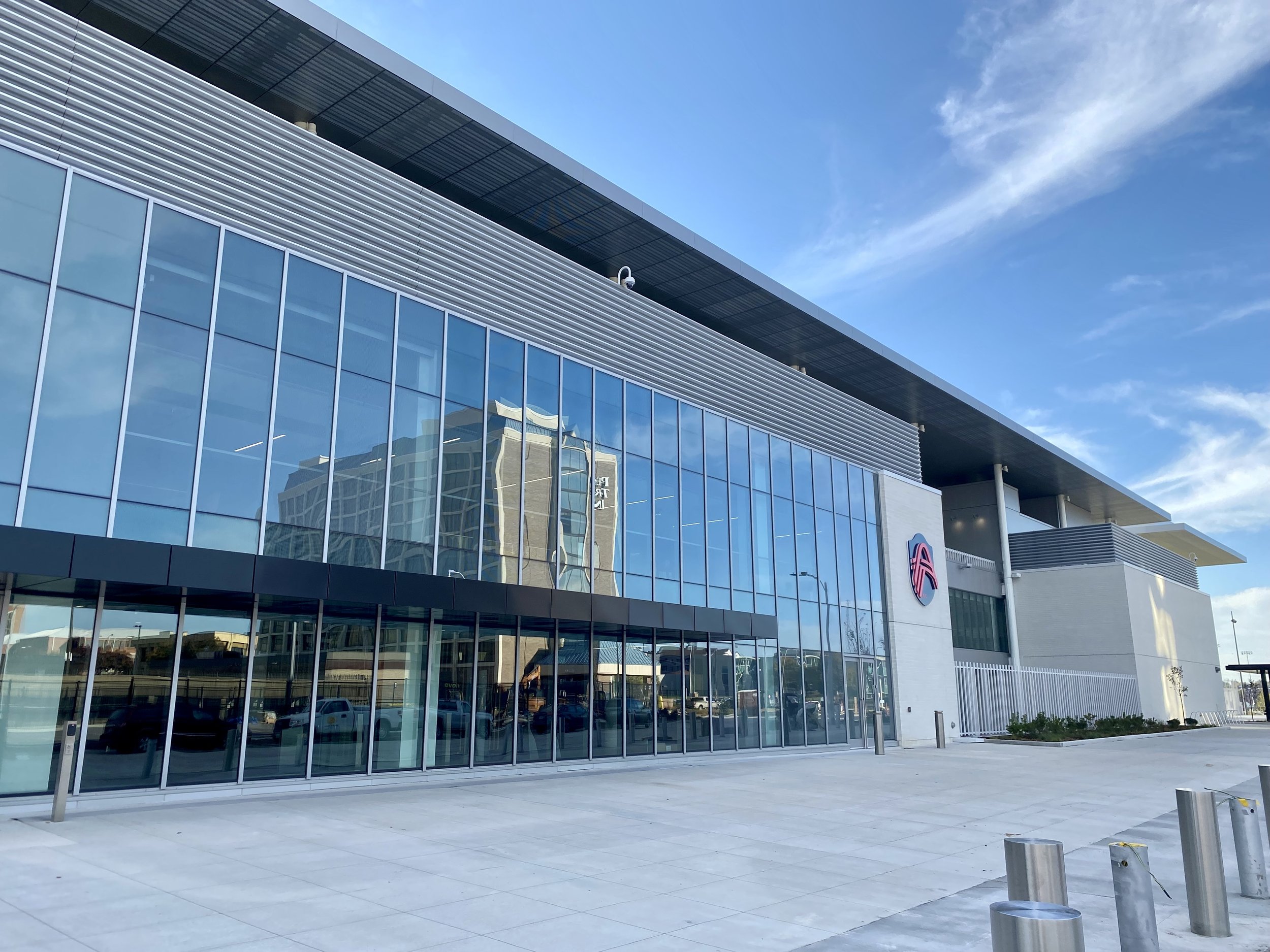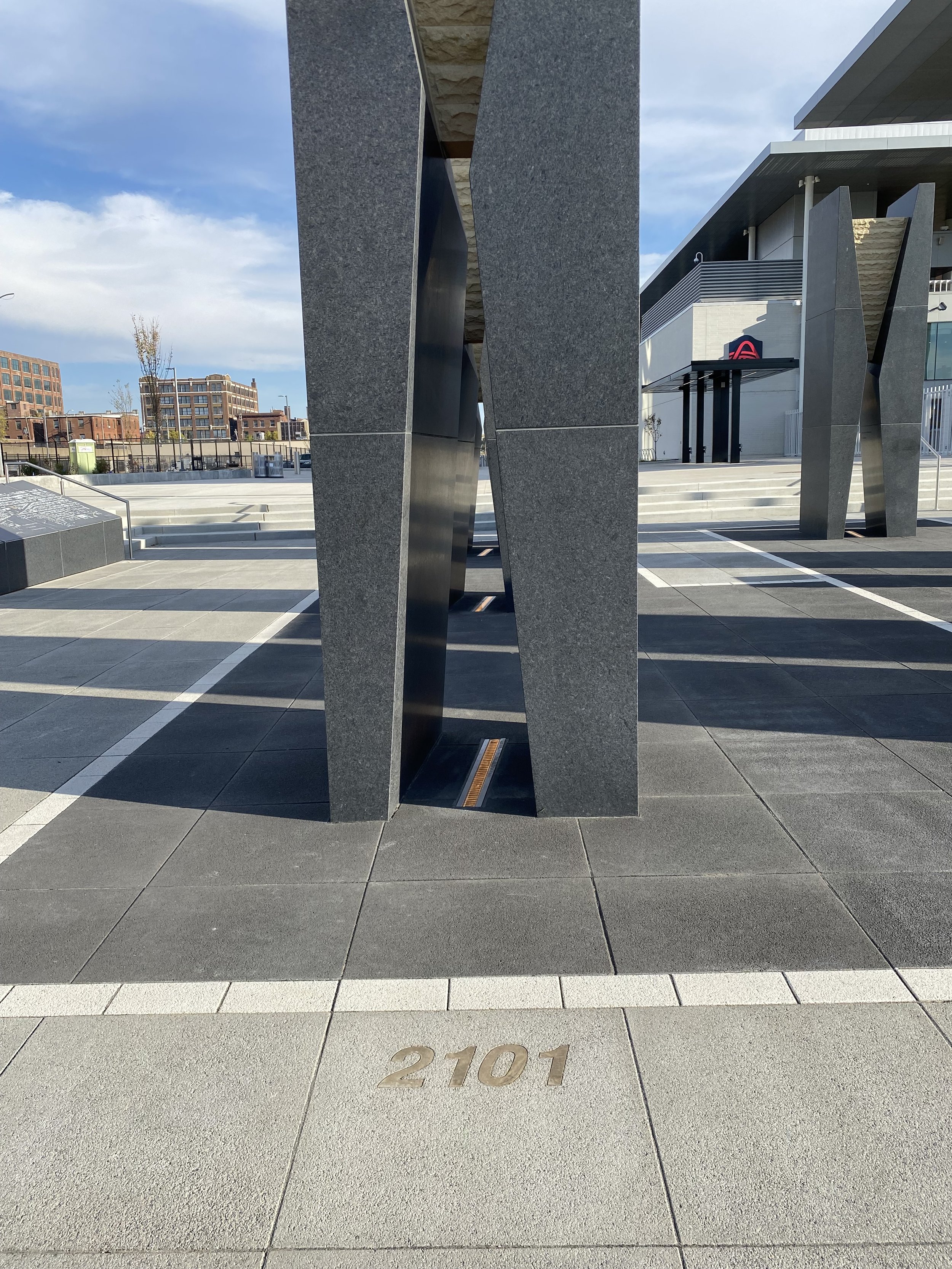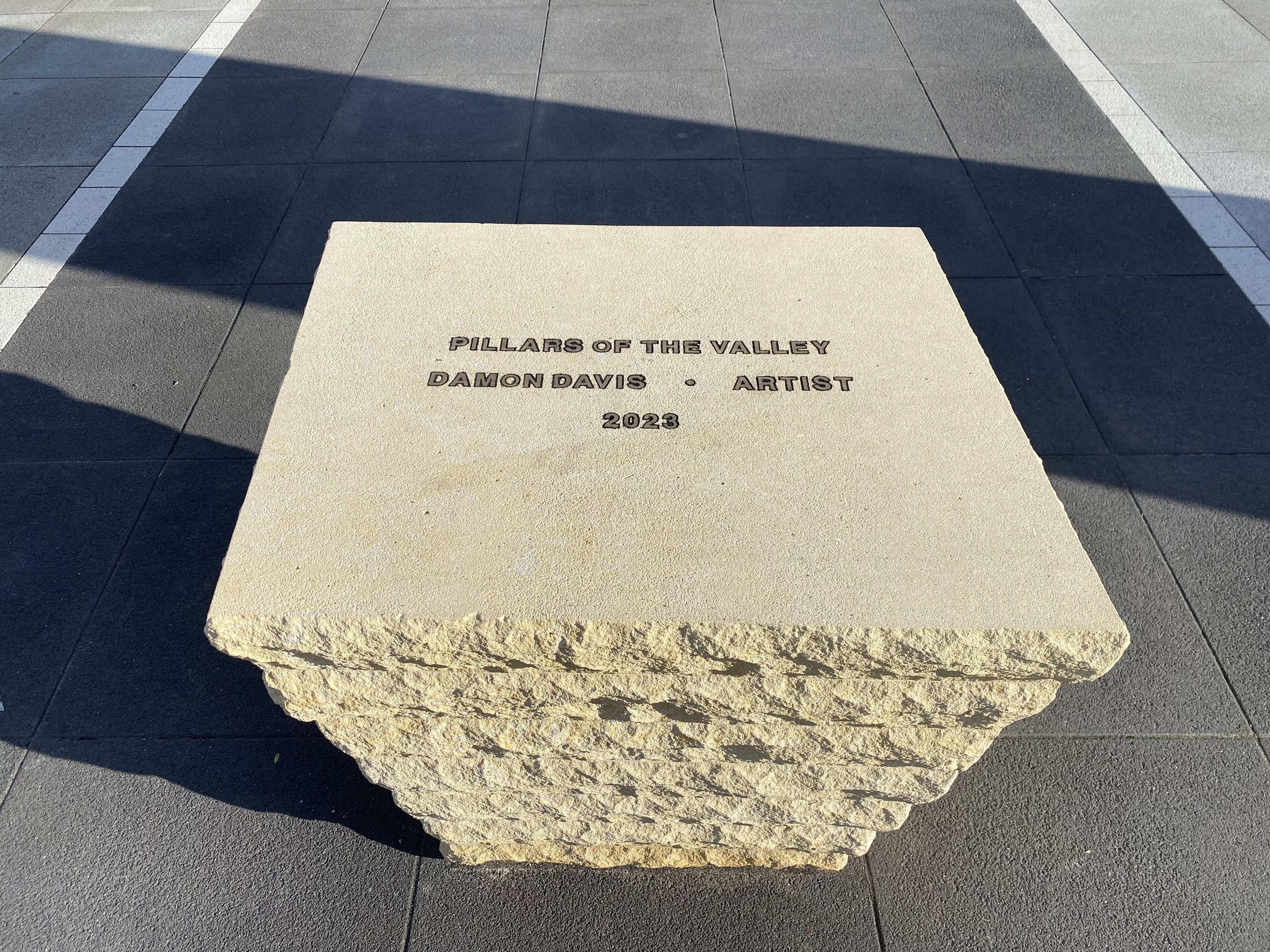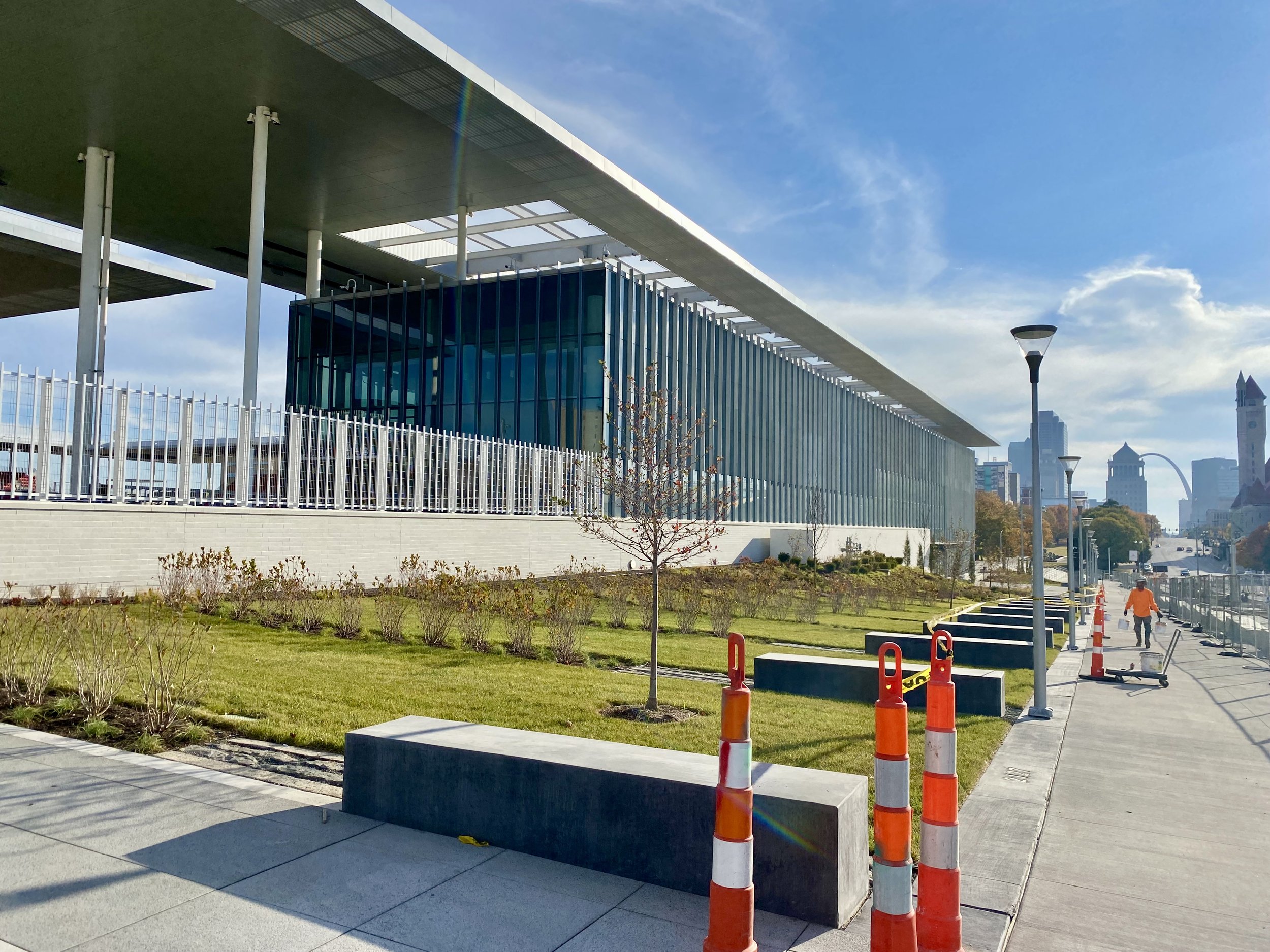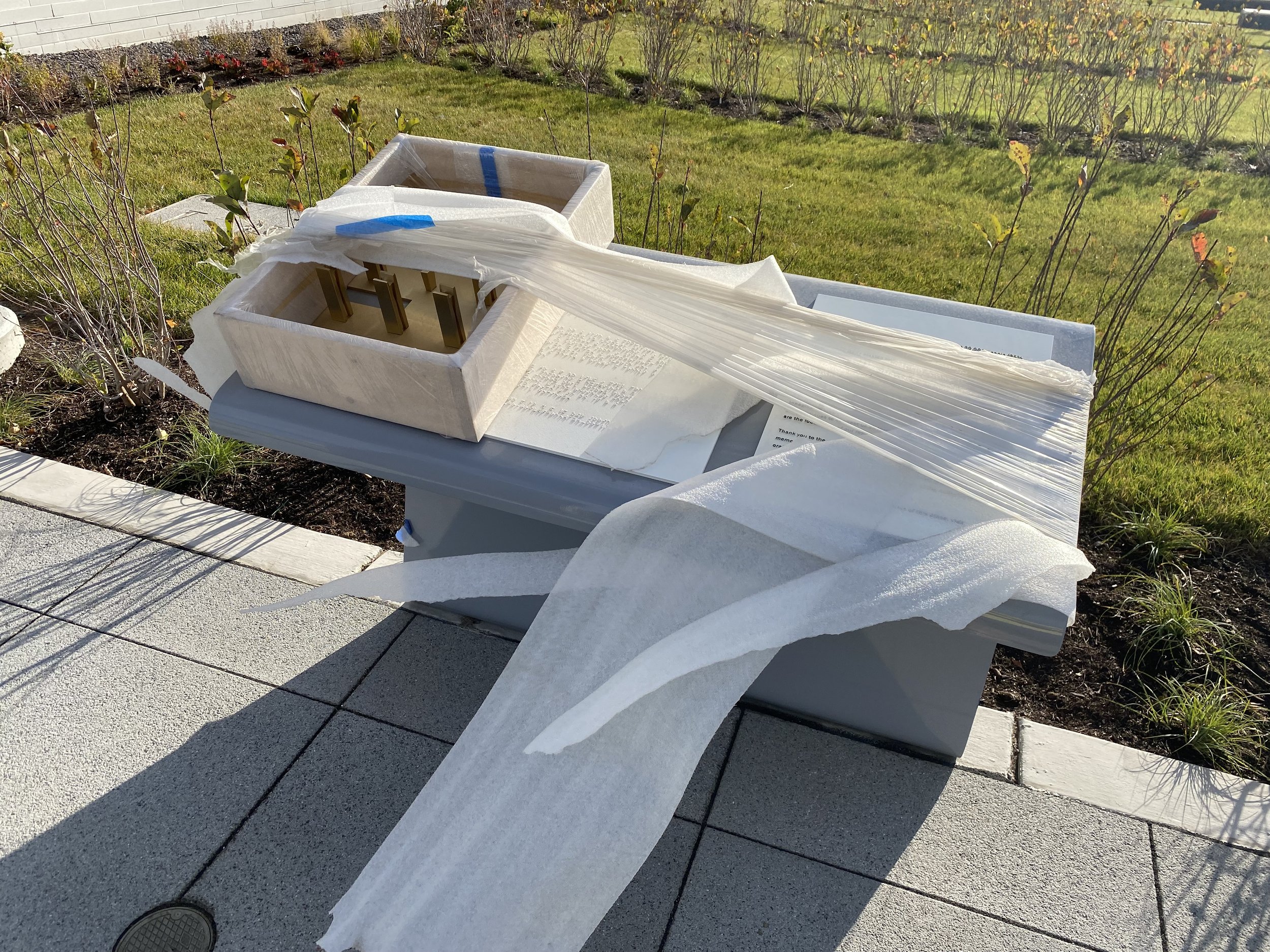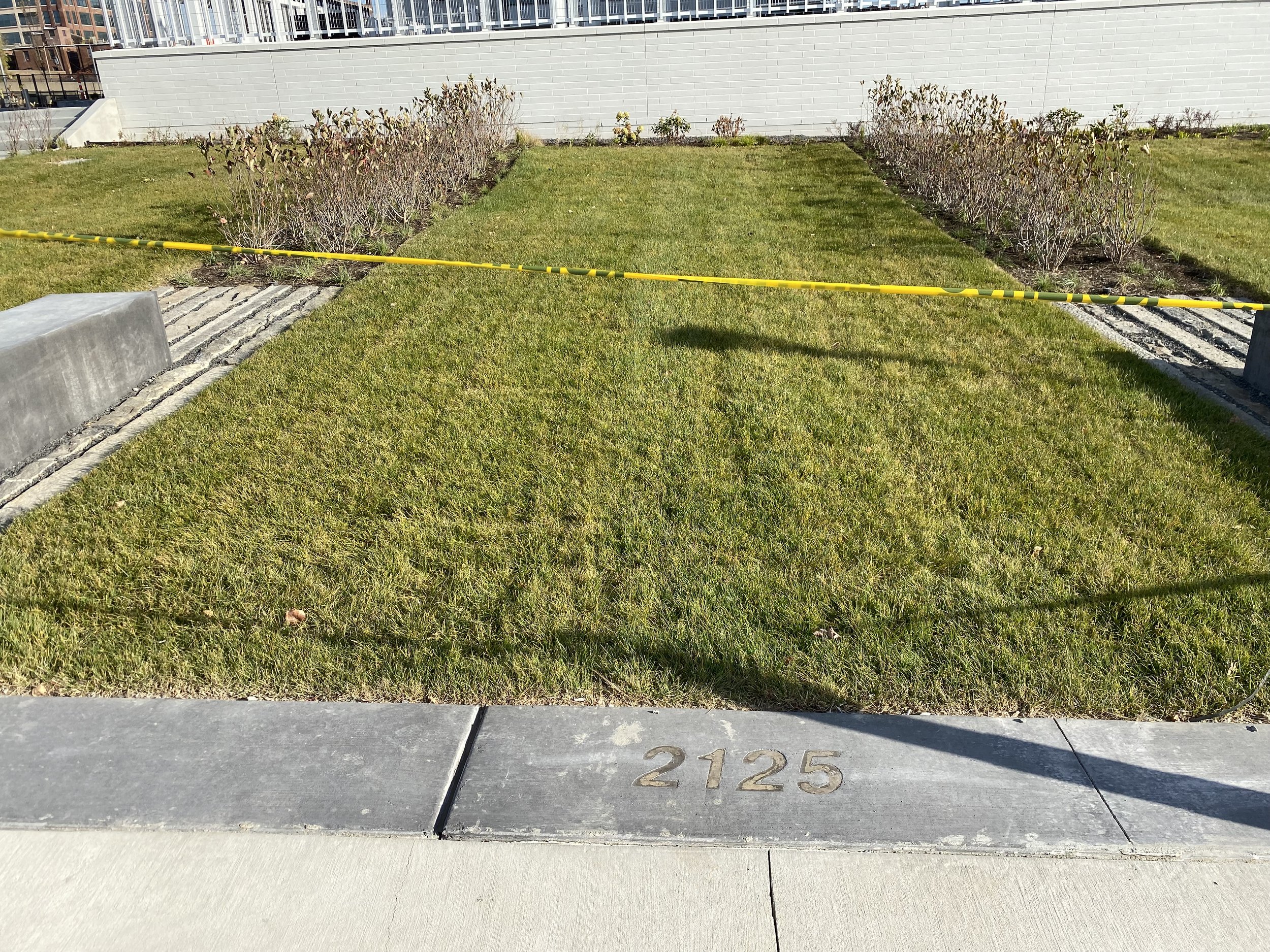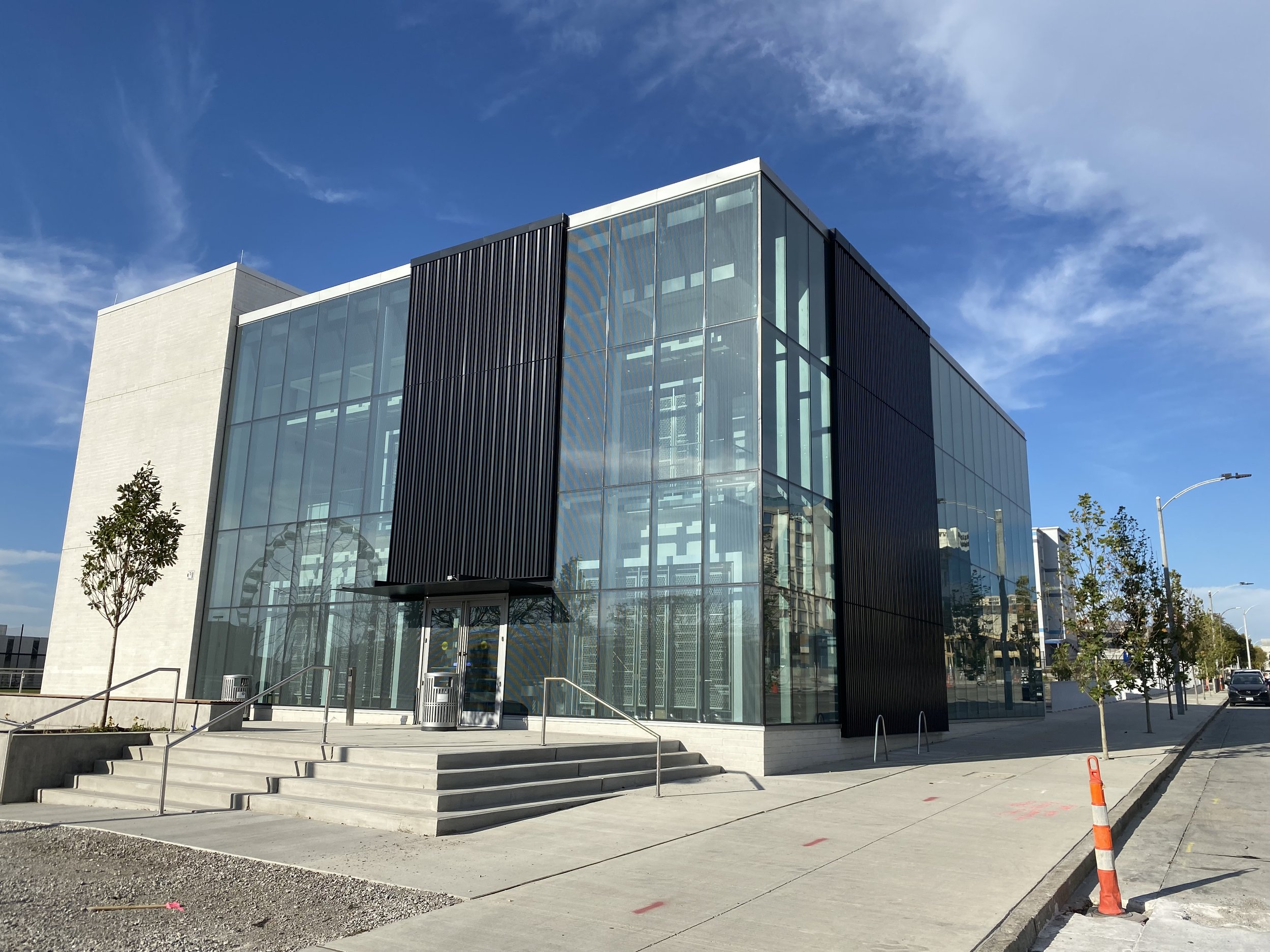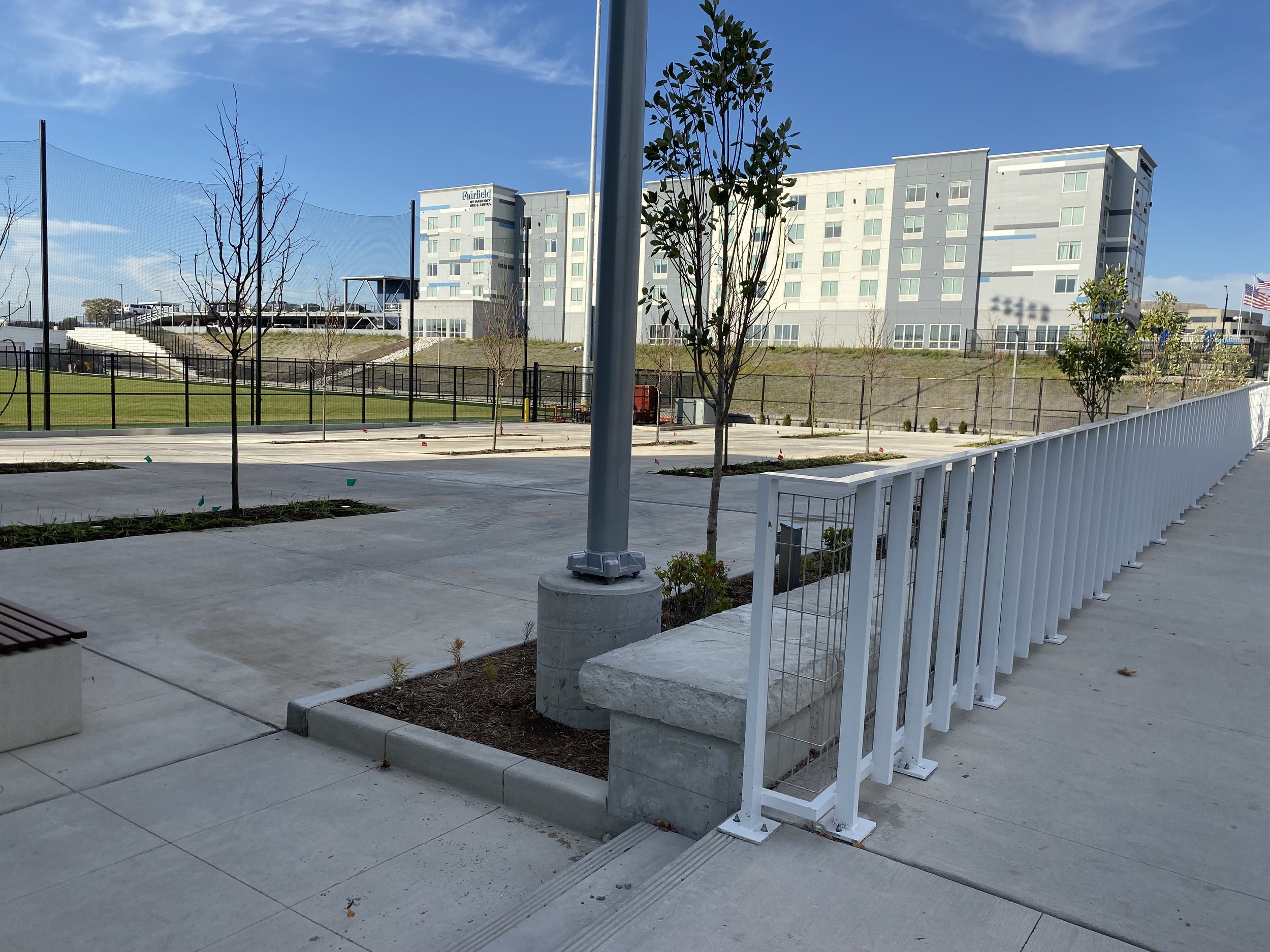I can’t name a single MLS player. I have never watched a professional soccer game longer than 10 minutes.
But, I have watched many grade school and high school soccer games with my kids. I have an appreciation for the game, and can’t wait to have another team to follow and root for in my city.
It is a fun sport and obviously the most popular global sport in terms of fans and ease/affordability of play.
So, I’m thrilled with the MLS coming to St. Louis. I think it is a growth sport, and believe people will eat it up here. I am not buying tickets at this time, but I will start watching and hopefully get hooked.
I am writing this to get my thoughts logged as I want to look back on this in a decade of so and see if I was right or wrong and see how the neighborhood around the stadium changes for the better or worse.
I first wrote about the MLS stadium back in 2016 when I was doing year end summaries of my favorite development proposals. I jotted down some thoughts in 2017 on fears of owners asking for public money and free property from the city residents, not the suburbanites, who will largely fill the stands and require copious adjacent parking on a game day.
Later in 2019, I compared the relatively small impact of money and fan numbers that MLS will likely draw (even at full capacity) compared to MLB and NHL due to fewer # of games played.
But, the stadium that STL City SC built is beautiful. The logo and team colors are cool, I even like the name.
There is no doubt in my mind this game and team will be a hit in St. Louis and the region. But, my expectations for what a major league stadium will bring to my city are highly tempered by my experiences with the Edward Jones dome, Scottrade Center, Cheifitz Arena, Busch II and Busch III.
Let’s get real for a moment. What did Busch II do to bring people to St. Louis? St. Louis was in it’s freefall of white flight in the mid 20th Century. Busch II was built in 1966 and lasted only 40 years.
Did it spark other businesses or draw in corporations from Clayton or out of state? No, but scads of parking lots, though. How about the Rams stadium/dome? Did it even get the lot paved north of the dome? No. Little to no impact on Downtown St. Louis. How about the hockey arena. Nope. How about Cheifitz? A little different since it is on a college campus, but little has changed around it, even though SLU is planning a major upgrade to their athletic complex in the coming years. Attendance in Bilikens basketball is not exactly breaking records.
But looking at Busch III which was built in 2006 and the first phase of Ballpark Village seems successful. I’ve never been to the entertainment/bars there because I don’t really jive with that scene, but visitors and some residents seem to love it. The housing tower is most welcomed. A phase two with more housing will only cement my opinion that Busch III is the best modern stadium as far as the city impact goes. Even if it is surrounded by surface parking to the southeast and southwest. The pedestrian experience on the south side of the stadium is nonexistent and super frustrating to head east from the west side of the stadium.
So how does the pedestrian experience and mobility and ease of access compare at the soccer stadium?
What about the surrounding blocks? Will they get filled in? Here’s how it looks today…teeming with potential for some beautiful historic buildings that are works of art. And plenty of empty space for infill. Housing, housing, housing, please.
Unless St. Louis CITY SC actively partners with property owners surrounging the soccer stadium in the Downtwon West Neihborhood, nothing will happen. If they advocate for retention of the copious surface parking in the area, and continuing to knock down historic buildings for parking garages, I will quickly be disappointed and underwhelmed of the impact of professional sports stadiums/arenas impact on my city.
Continuing to knock down buildings has to stop. That was one of their first moves. They destroyed a row of perfectly good, rehab ready, potential small taverns, etc. And instead a soulless parking garage goes up.
Here’s what they took from “us”:
Image source: Google Street View 2019
Here’s what they are putting up instead, a deadzone of parking. No lessons learned from the Kiener and Busch Stadium parking garages…
Now, I see myself as a realist. I know the vast majority of paying soccer fans will not live in St. Louis, they will not take a bus to get there. They will drive. They will not park on the street or want to walk a block or two or three. They will want to walk as little as possible and be as close to the venue as possible. And that is what the soccer team owners are banking on.
If this is the only parking garage to be built, and the surface lots start to be sold for development infill, I’ll accept the loss of a former city block to suburban uses.
Now, what will they do next? I understand the need for a team-owned parking complex. They need to guarantee a certain amount of adjacent parking for the suburbanite visitors.
But, will they continue to double down on knocking buildings down. Will they advocate against additional surface parking? Will they build or advocate or partner for new development on the scads of existing parking lots in the area?
Will they want to advocate for a city or a stadium and parking vibe for 17 or so regular season games? Will it feel like a city for the 348 days that it sits fan-less and unprogrammed?
But, make no mistake, I love the stadium architecture and design. I think it is a gain for us as a whole. I want them to succeed, invest in us as residents of the city, building our tax base and eating up vacant lots.
The potential and future is what I’m most interested in. Will this help rebuild housing, businesses and activity 365 days a year? Will they be good neighbors or continue down the path they’ve chosen so far: demolition for parking.
I wanted to go check it out now that the construction is nearly complete. I wanted to photograph and take in the current vibe of Downtown West. I wanted to get my “before” memories cemented here on this blog. I’ll go back and visit the site on a gameday and of course, keep a watchful eye on their plans for the future developments in the area.
So here’s what I saw on a gorgeous October day.
First, the infrastructure and pedestrian experience is improving. There are bump outs being added at Market and 20th Street, right across from Union Station and Maggie O’Briens. This will not only look better, this will decrease the space it takes to cross the street on foot and it buffers the “short turns” of selfish drivers.
The sidewalks surrounding the stadium are wide, inviting with newly planted landscaping and will be shaded with trees. I was thrilled with the vibe, and it’ll only get better as the the landscape matures. The white stadium is so bright and airy, I felt good and at peace.
I noticed some London Plane trees, which are a complement to the Arch Grounds where many London Plane trees were planted. I love the tree grills on the sidewalks to minimize trash and weed wackers digging into the new trees.
There are bike racks at the stadium and the new building on the south side of Market.
The practice fields and complex were in use during my visit. These are highly visible from I-64 and are better than the former 22nd Street ditch.
The main things I love about this stadium is the long white bricks that would make Frank Lloyd Wright smile, the open roof and terrace and the landscaping. I think it looks clean, modern, simple yet elegant. I love it so far.
The gathering places for fans just outside the stadium are airy, bright and spacious.
The future Brickline Greenway is being built here as well. It is going to be beautiful. The team and the city flag is etched into the concrete bike barrier.
The Mill Creek Valley sculptures on the north side of Market is beautiful. The sculpture is not 100% complete, so I’ll go back and do a proper post on it when complete.
But today, I saw this:
I thought the sculptures were to symbolize arms rising up and holding the dirt in hands after the neighborhood was leveled for highways and light industrial. But, after reading a little about Damon Davis, an East St. Louis, Illinois native, I learned his vision was an hourglass with sand at the top, possibly indicating the passing of time or shortness of time that it took to wipe out this predominantly, but not exclusively, Black area of St. Louis. There are green spaces south of the stadium that I believe commemorate the blocks that were wiped from the map during “slum clearance” or “urban renewal”.
Again, I’ll go back, research it and do a proper post. I loved it and the quotes from various former residents.
I’m not certain what the building on the south side of Market is at the north end of the practice facility. But it is handsome, modern and has a nice outdoor space.
I love the stadium and sidewalks and landscaping. I don’t love the destruction of buildings. I am hopeful for the scads of empty buildings being filled with new uses and the vacant lots being sold and built on for housing and business. People make neighborhoods and cities, not parking lots.
Let’s do this St. Louis CITY SC, lets build a vibrant neighborhood!

